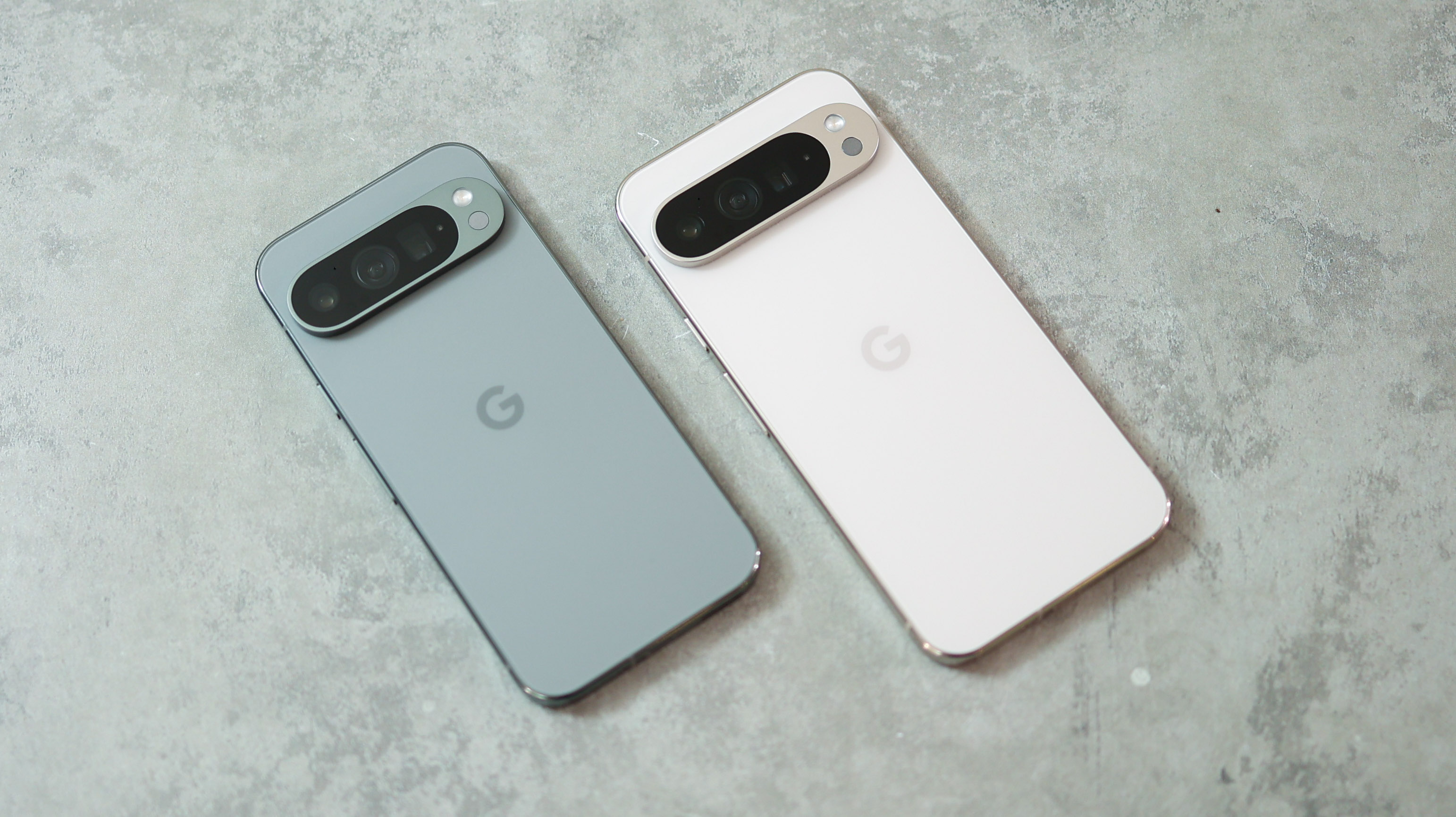
The Google Pixel 9 Pro and 9 Pro XL are virtually identical across camera quality, battery life and core user experience, with the only difference being size. This breaks the trend of iPhone Pros, Samsung Ultras, and virtually every phone makers' strategy of saving their best cameras for their most oversized phones.
With Asus ditching its compact ZenFone for 2024, instead launching the massive ZenFone Ultra, we had lost hope that fans of not huge phones would have a flagship camera option this year, but with the Pixel 9 Pro, Google may have saved the day.
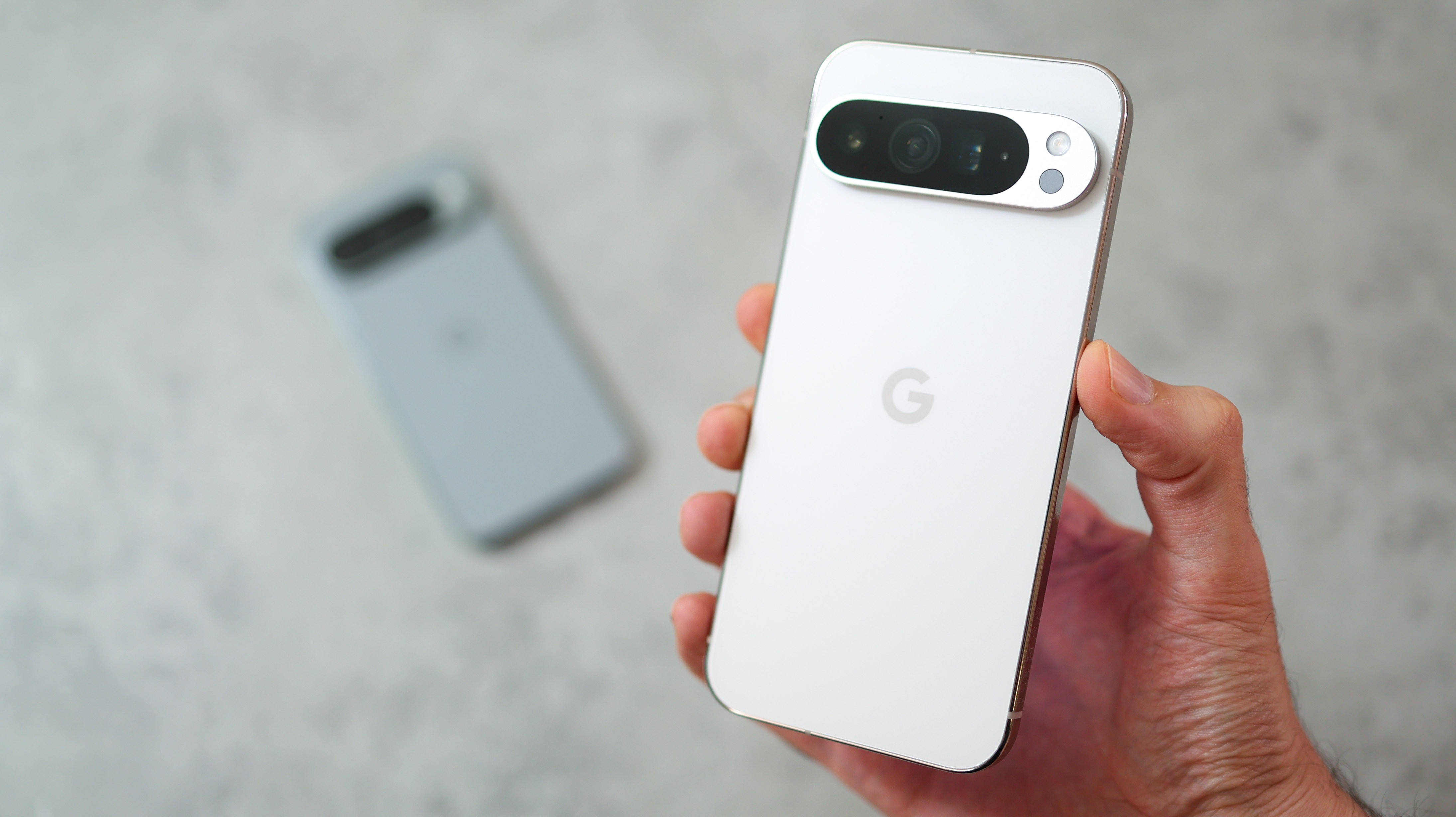
The 9 and 9 Pro sport a triple camera setup that includes a periscope zoom, they’re loaded with Google’s smart AI-infused photo processing and editing tools, plus a new Video Boost feature to help bring Pixel video close to iPhone 15 Pro quality. But has Google done enough to make its latest Pixels the Androids to beat?
Google Pixel 9 Pro and 9 Pro XL design
There’s no getting around the iPhone comparisons when it comes to the Pixel 9s’ overall shape. From the rounded corners to the flat front and back; the Pixel 9 Pro and 9 Pro XL both look and feel like home for anyone who uses an iPhone.
The phone’s glass back panel has a matte finish, while the polished metal frame combines soft edges with a slick feel. If you're coming from a Pixel 7 or 8, it isn’t just the curved sides that have been zapped; the curved, visor-like camera bump is no more, either. Now, a flat oblong around the back houses three cameras, a temperature sensor, and a flash.
Available in four colors, Obsidian (black), Rose Quartz (pink), Porcelain (white), and Hazel (grey), you can also pick up corresponding cases for each color.
With its boxier shape, all the Pixel 9 series seem chunkier than old Pixels and other curved front-and-back phones, but they also feel exceptionally solid.
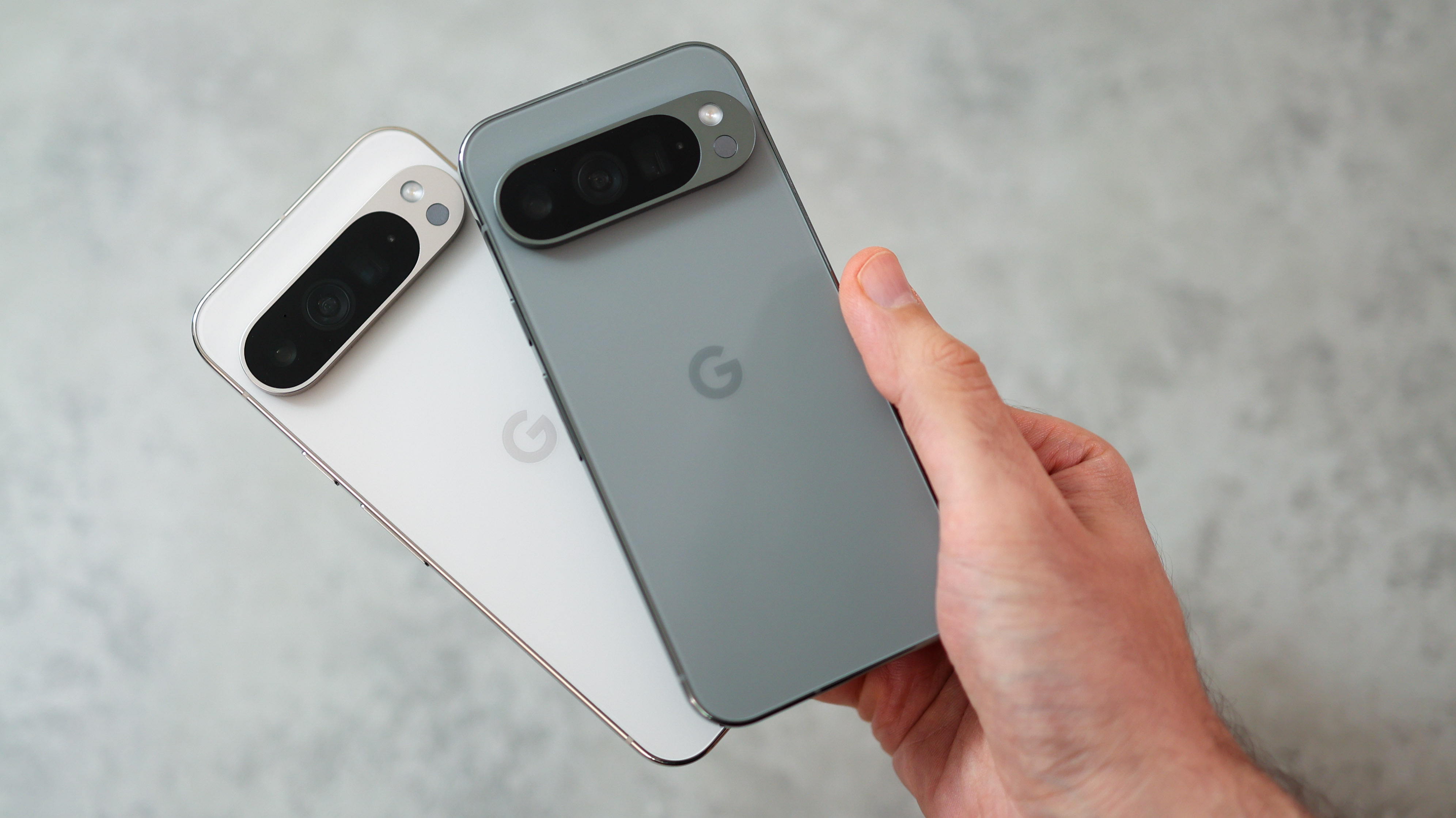
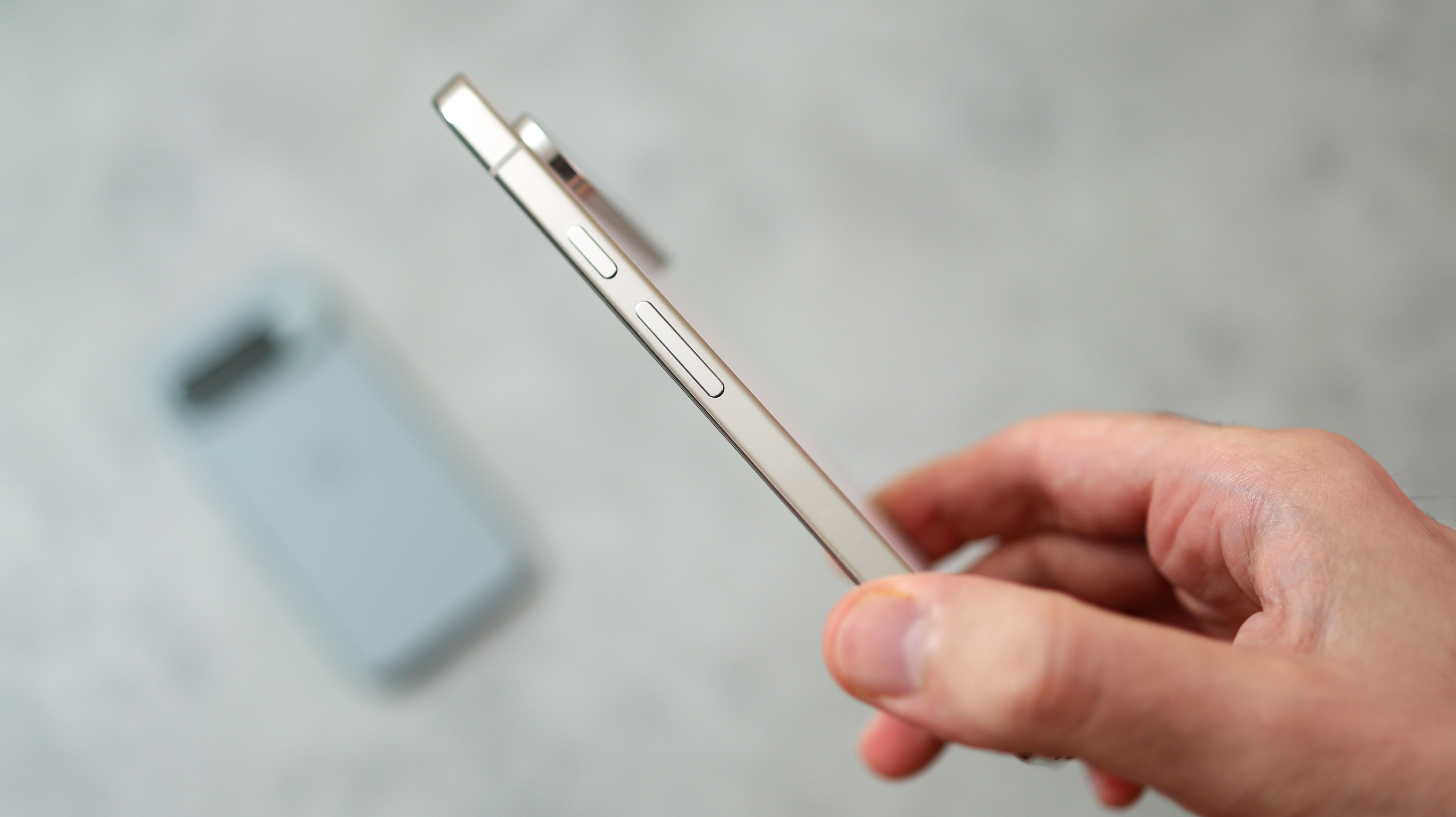
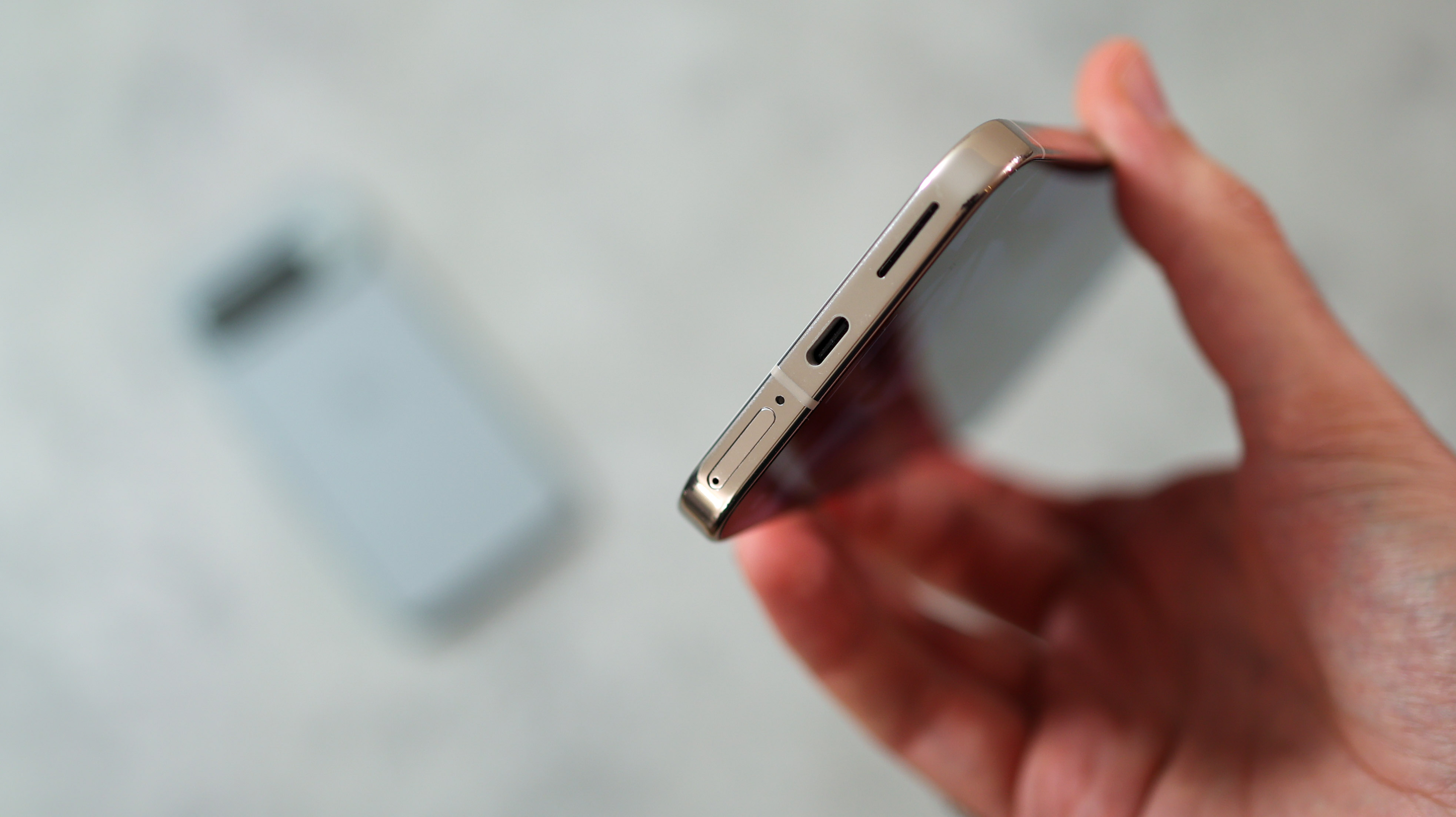
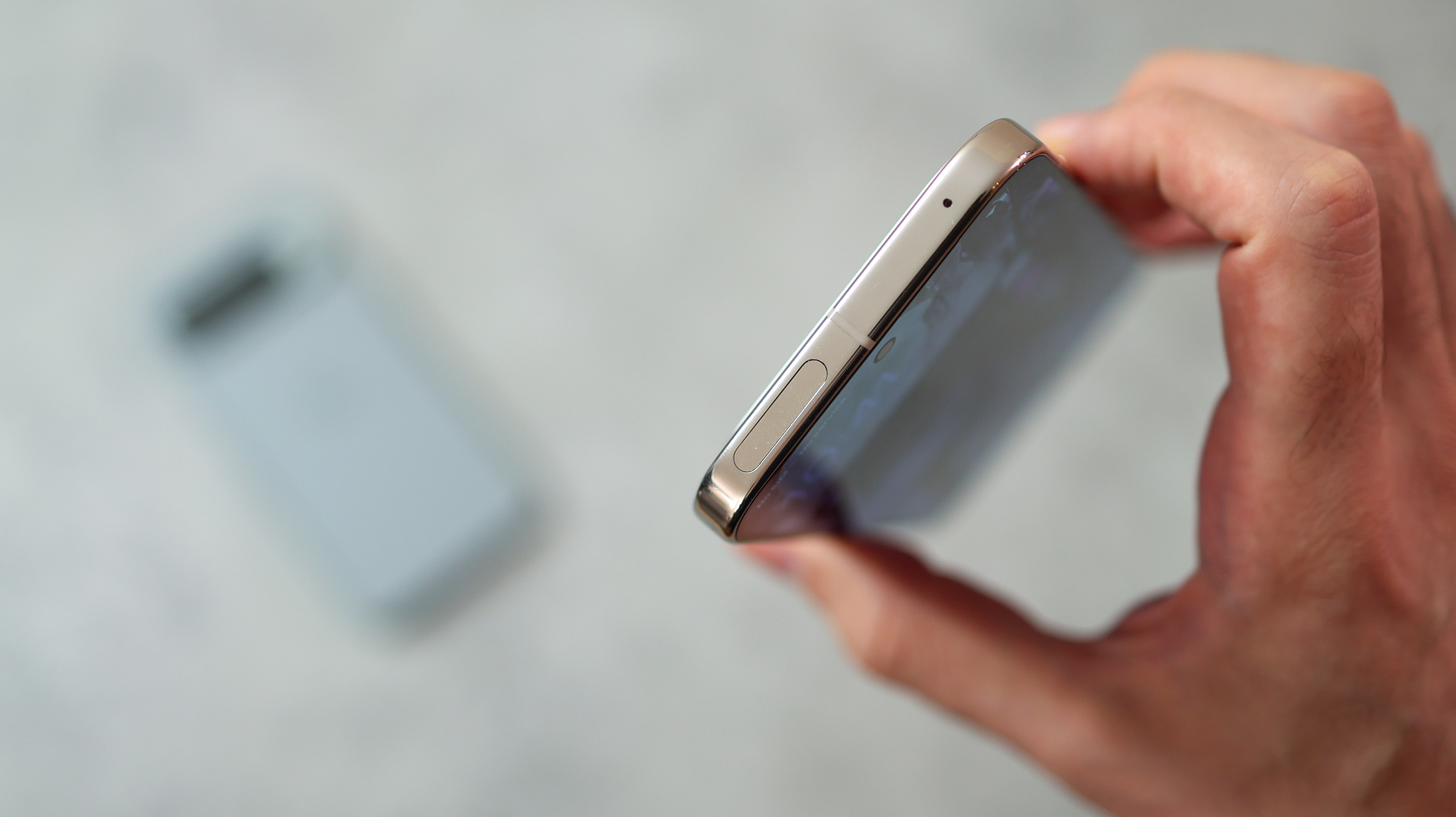
Flat displays are better for gaming than curved screens and are also notoriously easier to repair, so many applauded Google's move to a flat front with the Pixel 8 Pro in 2023. For 2024, Google flattening out both sides should make it sturdier still, and the Pixel 9 Pro and 9 Pro XL are IP68 dust and water-resistant, so can withstand a dunk of up to 1.5m for 30 minutes.
As for which you should go for, the Pixel 9 Pro XL is a handful, weighing 221g, the same weight as an iPhone 15 Pro Max, and it clocks in at a slightly thicker 8.5mm. The Pixel 9 Pro, meanwhile, weighs 199g – 12g more than an iPhone 15 Pro and 32g more than a Galaxy S24 – so while it's smaller than the XL and last year's Pixel 8 Pro, it definitely isn't a dainty little thing.
Google Pixel 9 Pro and 9 Pro XL screen
Screen size is where the main difference lies between the Pixel 9 Pro and 9 Pro XL. The 9 Pro's screen measures 6.3 inches, while the 9 Pro XL's is 6.8 inches. While the XL and iPhone 15 Pro Max are a similar size, the iPhone 15 Pro is noticeably smaller than the Pixel 9 Pro with its 6.1-inch display.
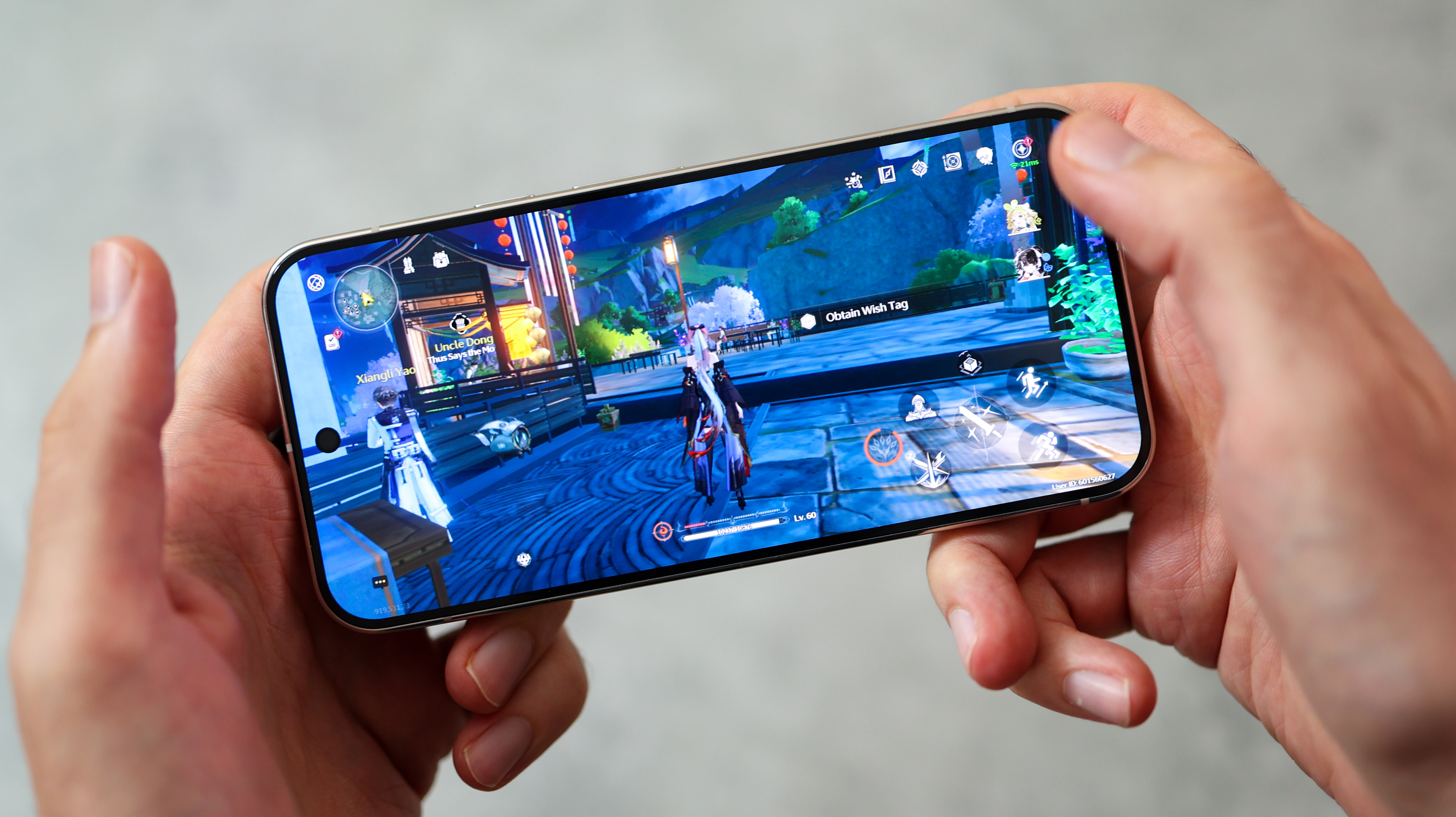
The Pixel 9 Pros deliver excellent viewing angles, vibrant colors, deep and inky blacks, and smooth 120Hz refresh rates. With HDR10+ support across Netflix and YouTube, they are poised for top-quality streaming, and thanks to 2000 nits peak auto brightness and 3000 nits peak HDR brightness, they are easy to see and playback content brilliantly.
Both phones have an almost identical level of screen clarity of around 490 pixels per inch, making them sharper than pro-grade iPhones, and they also have very similar neutral color profiles by default. In the settings, you can choose between Adaptive and Natural color modes.
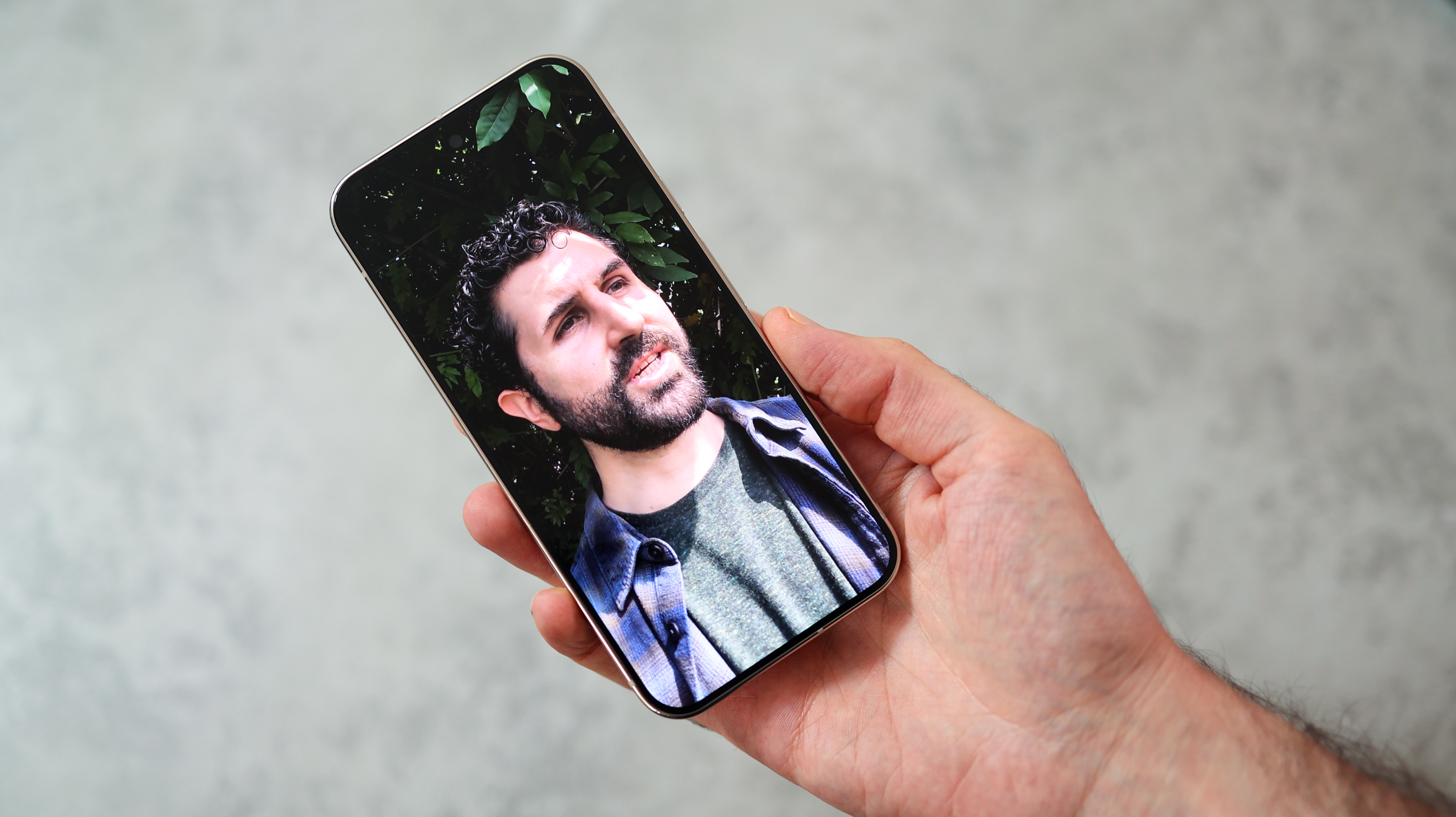
Where the Pixel 9 Pro XL shines is when gaming and editing. Apps like Lumafusion and Lightroom are a bit more comfortable to use on its bigger screen, while on-screen game controls also benefit from the extra space. Meanwhile, the 6.3-inch Pixel 9 is excellent for watching, with ample space for videos and day-to-day navigation in a more compact body.
Samsung Galaxy Z Fold 6 Camera Specs
The Google Pixel 9 Pro and 9 Pro XL have three cameras around the back: a 48MP ultra-wide camera, a 50MP primary camera, and a 48MP telephoto camera. On the front is a 42MP selfie camera.
Ultra-wide camera
The Pixel 9 Pro and 9 Pro XL get a 48MP ultra-wide camera with an f/1.7 aperture, autofocus for macro capture, and a modest 1/2.55-inch sensor size, with upgraded autofocus over the Pixel 8 Pro.
Primary camera
The primary camera has a 50MP, 1/3-inch sensor with an f/1.7 aperture lens with OIS. This is unchanged when compared to the Pixel 8 Pro, though the sensor's spec is still competitive with the best iPhone cameras and Galaxy cameras, despite falling behind 1-inch sensor phones like the Xiaomi 14 Ultra and Vivo X100 Pro.
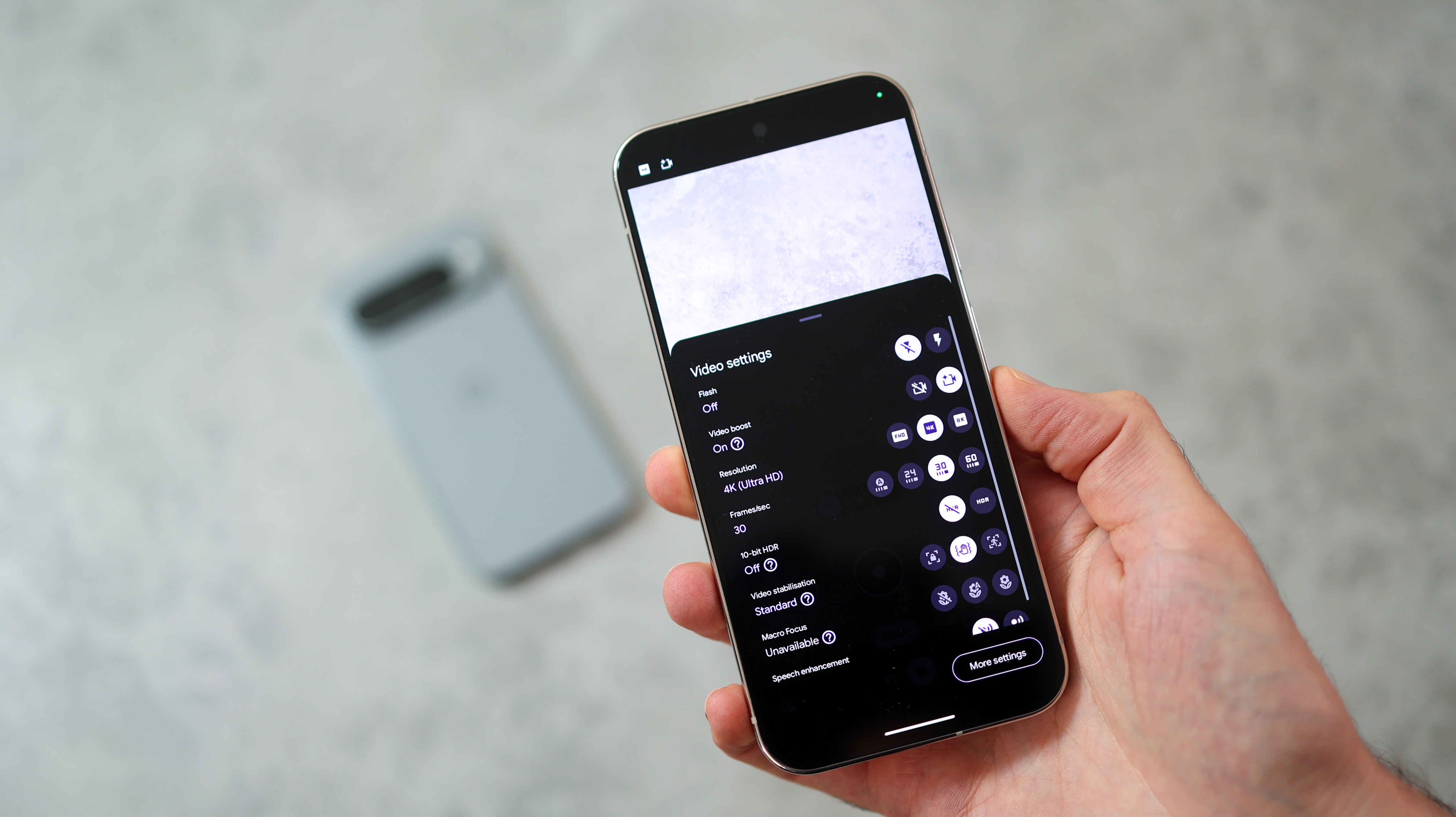
Telephoto camera
The Pixel 9 Pro and 9 Pro XL's telephoto camera has a 48MP, 1/2.55-inch sensor with an f/2.8 aperture lens with OIS. With a periscope structure and a roughly 5x equivalent reach, the module's spec competes with the best out there, though the Pixel 9 Pro's lens doesn't support telephoto macro capture, which would have been a great feature that's available on other phones like the Oppo Find X7 Ultra.
Other camera specs
The main hardware upgrade the Pixel 9 Pros get is an upgraded selfie camera. This 42MP resolution sensor is matched with a wide f/2.2 lens, a 17mm equivalent focal length and autofocus.
The Pixel 9 Pro and 9 Pro XL can capture video at up to 8K resolution with Video Boost or 4K resolution as standard.
Google Pixel 9 Pro and 9 Pro XL camera review
The rear camera's photo results are very comparable to the Pixel 8 Pro with the biggest improvement to the Pixel 9 Pro and 9 Pro XL being panoramas, selfies and front camera video.
Overall, Google's photo processing loves to pull out shadow detail while being respectful of colors – not ramping up saturation too much – and applying sharpening without making shots look too crispy.



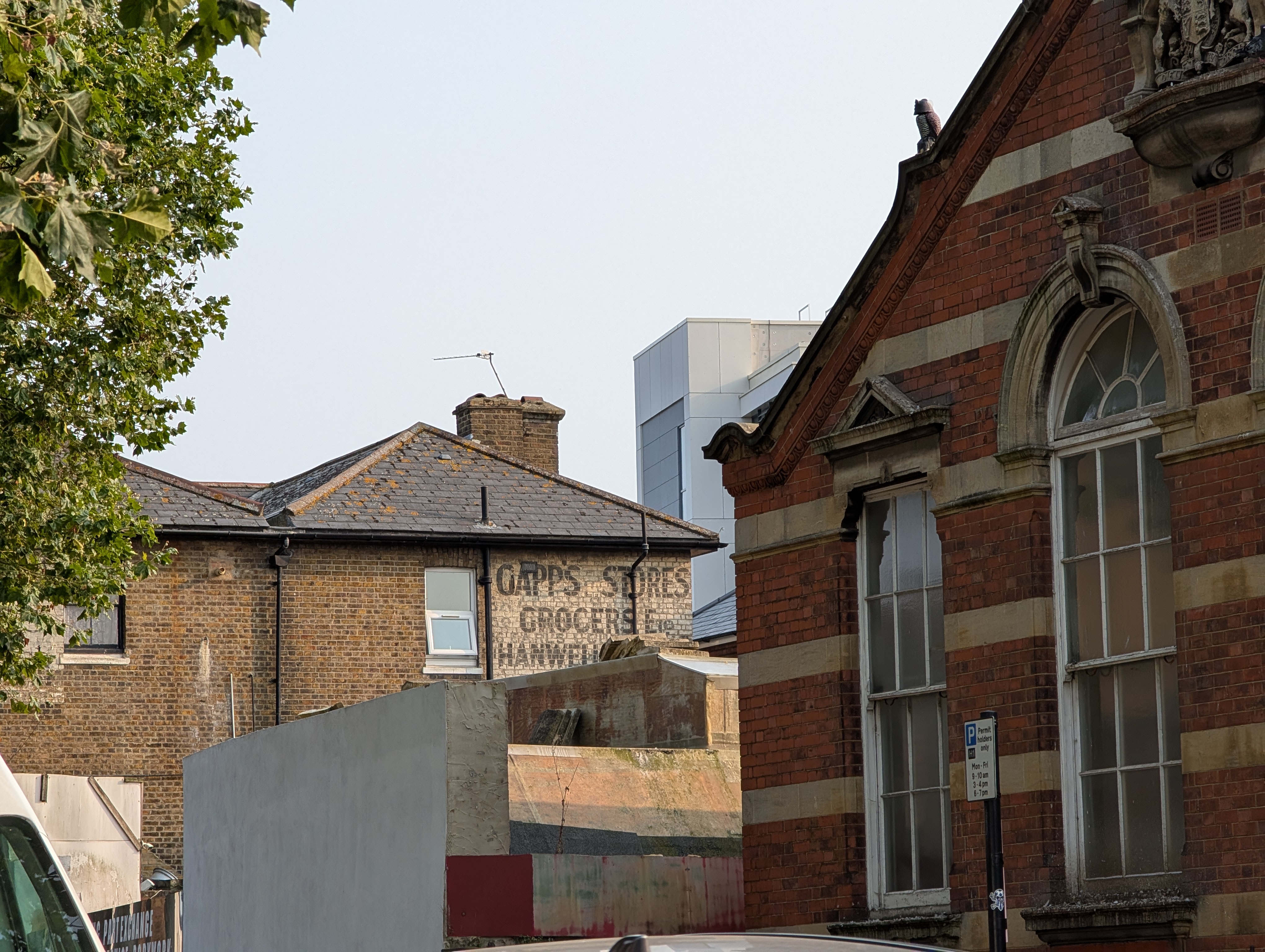
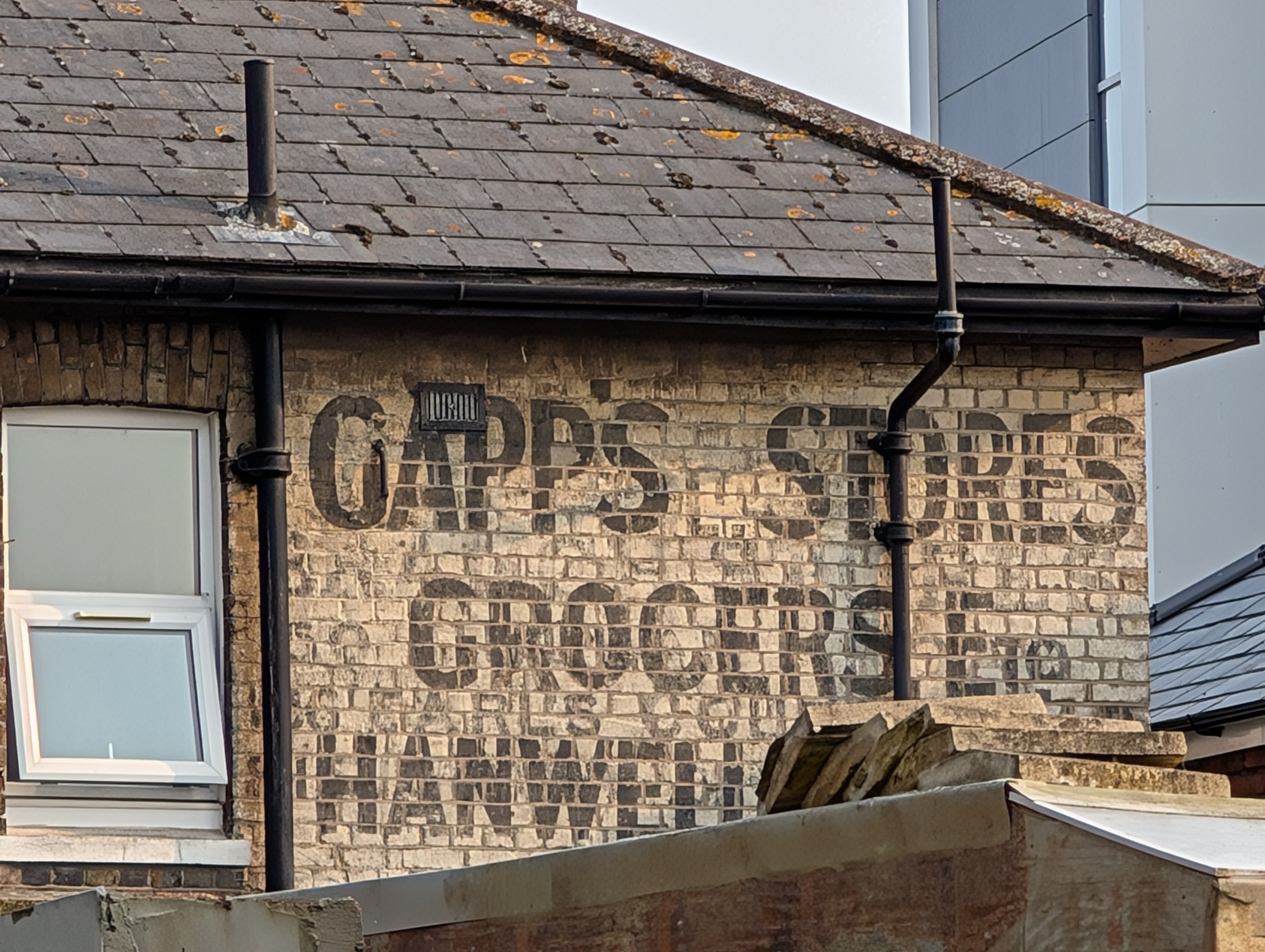
Google Pixels have long-been camera phones that take excellent pictures until you pinch into the details or crop heavily. Once you do, results won't always hold up as well as the best from Oppo, Vivo or Xiaomi, but for point-and-shoot excellence, the Pixel 9 and 9 Pro are amongst the best out there.
One area the Pixel cameras really edge ahead is night photography. While Samsung, in particular, can generate some muddy shadows at night, the Pixels do a better job of balancing computational long-exposure with a pleasing final shot, and this is the case across all three cameras for photos.
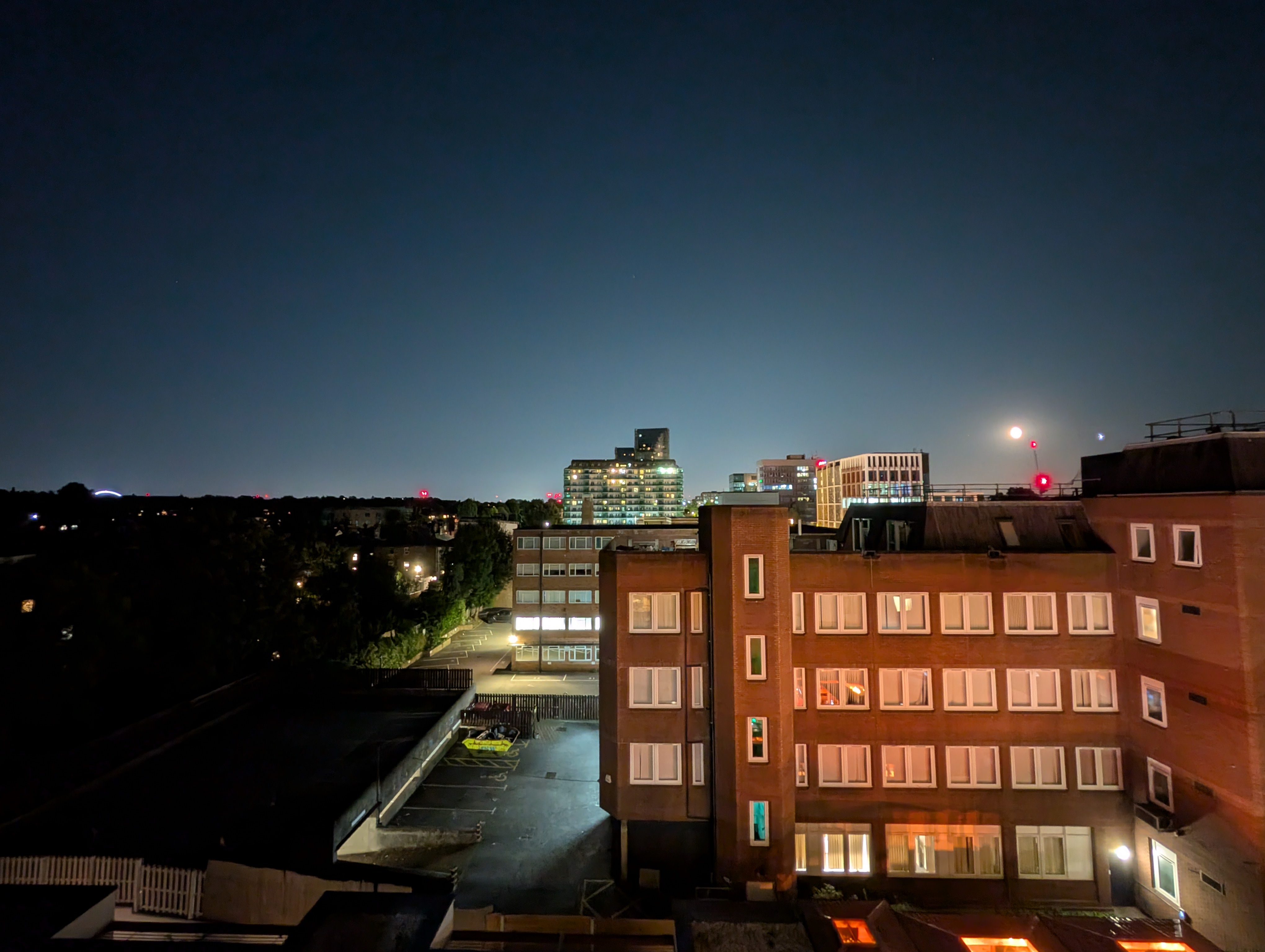
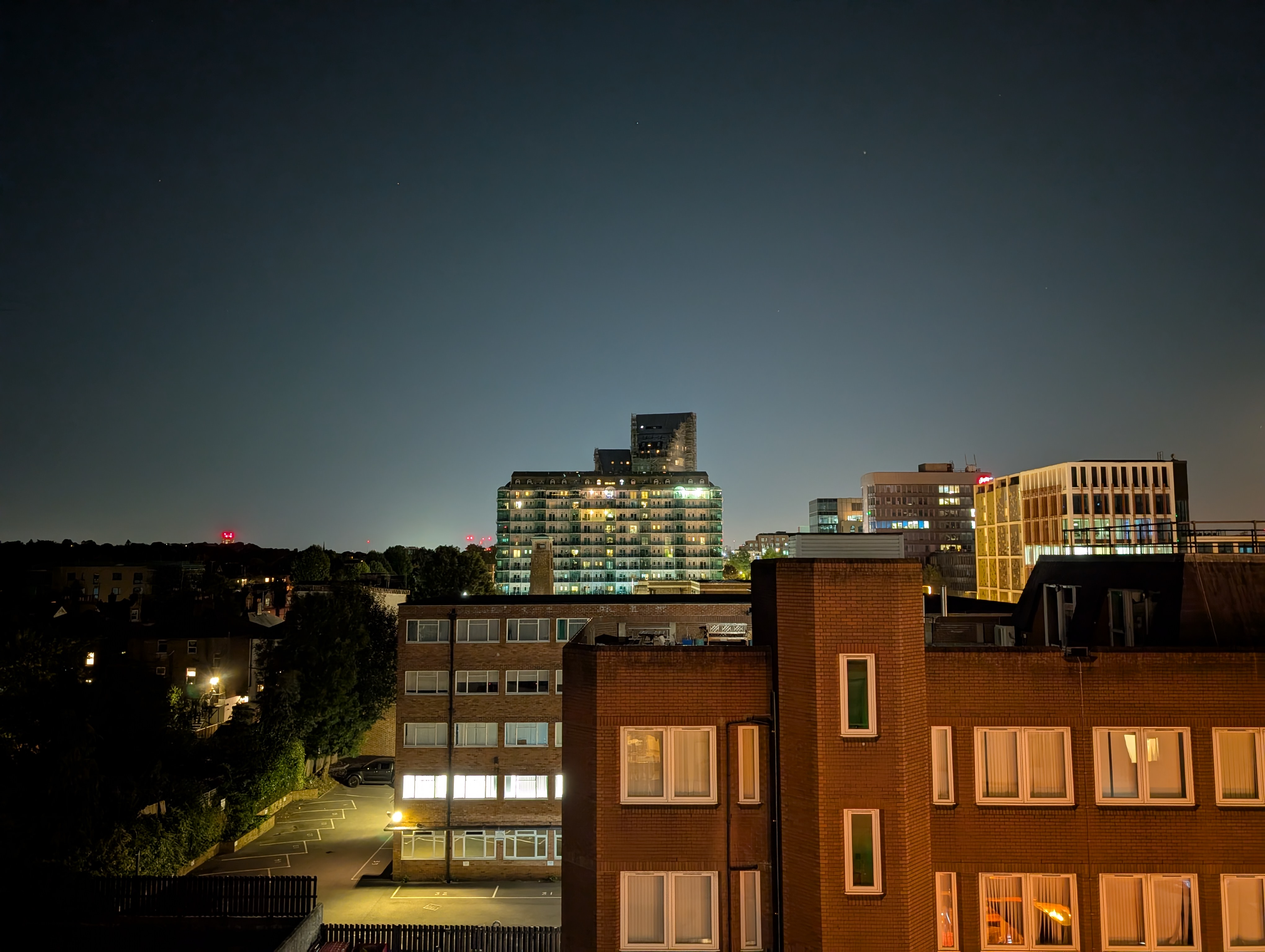
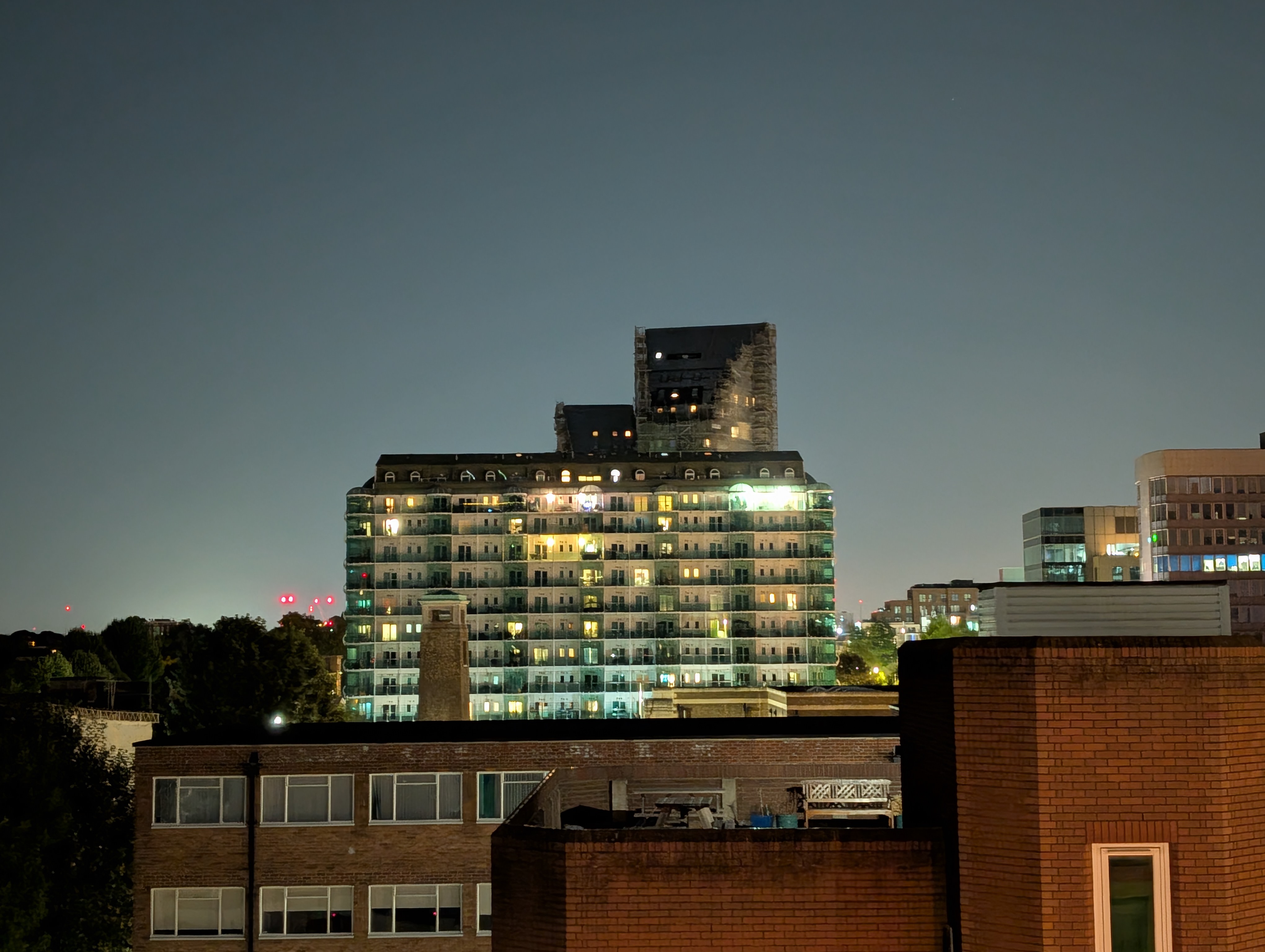
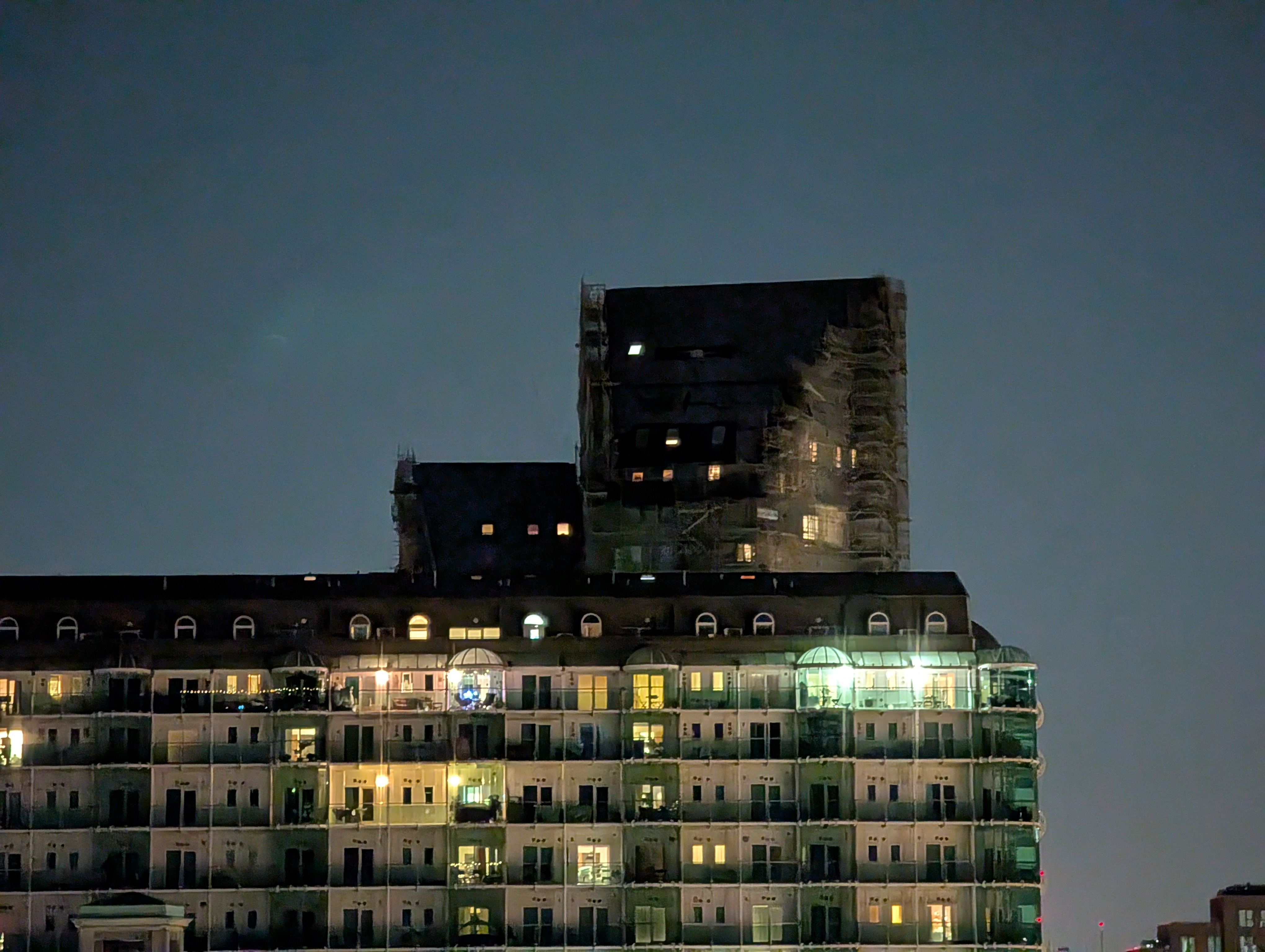
Google has also upgraded the panorama mode for the Pixel 9 series, capturing multiple stills and stitching them together instead of grabbing a smooth sweep to get your shot. On-screen prompts guide you through the process, and by incorporating computational photography, the Pixels capture the best night panoramas we've seen on a smartphone.
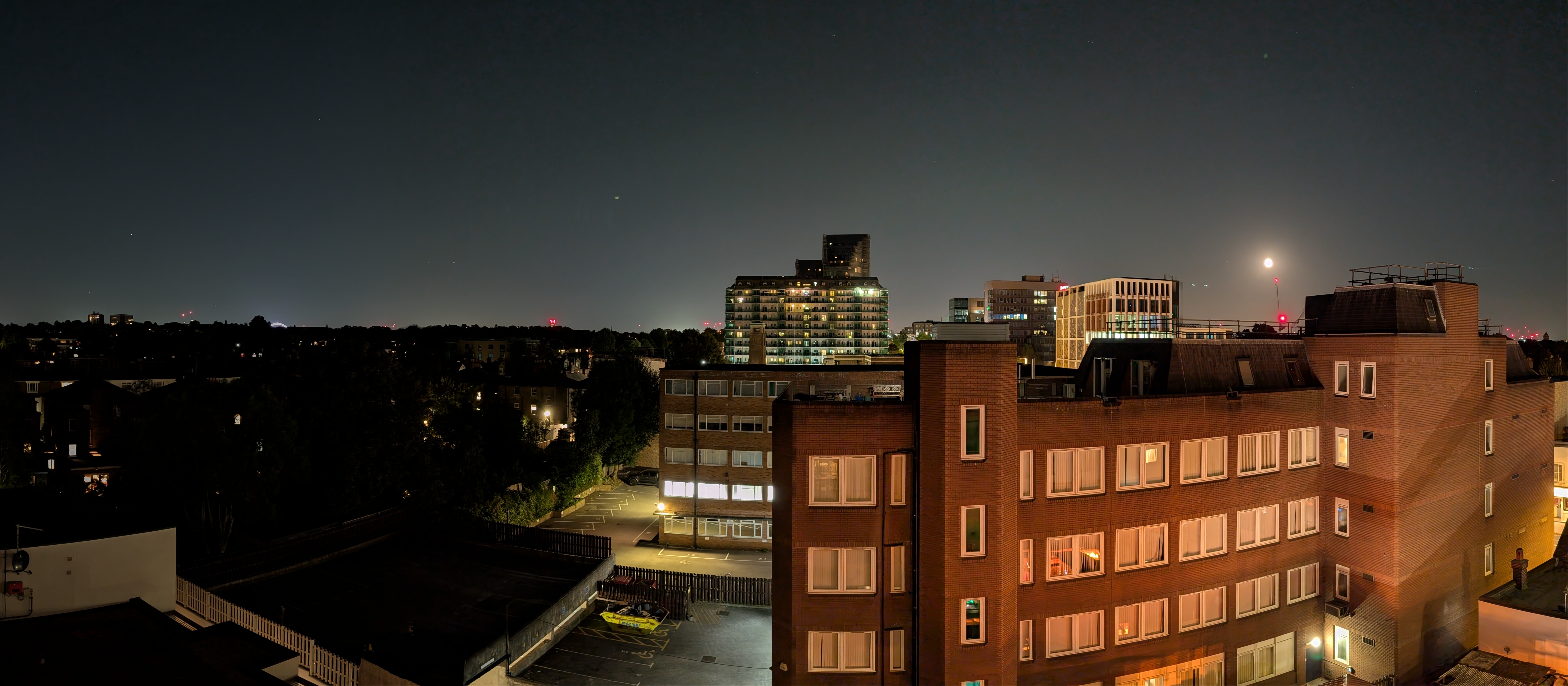
One of the key reasons to pick up the Pixel 9 Pro and Pro XL over a vanilla Pixel 9 is zoom, and Google combines hardware and software zoom to great effect on its 2024 Pros.
Both Pixel 9 Pros outperform all iPhones at far-reaching zooming, and go toe-to-toe with the Galaxy S24 Ultra. Most impressive is how the smaller Pixel 9 Pro bests every other standard-sized phone around, making it an obvious choice for photographers who want compact phones that don't compromise on zoom.
The Pixel 9 Pros also get Zoom Enhance, adding an additional layer of post-processing to clean up lines, up contrast, and firm up soft shapes. This is particularly useful when cropping a photo shot on the wide or ultra-wide camera, eradicating pixelation, even if the results don't always look super-realistic.
The primary camera is an excellent go-to for rich-looking depth of field when photographing any subject nearer than 1m away, while the telephoto can create some decent depth when a subject is further than its minimum focus distance, also around 1m.
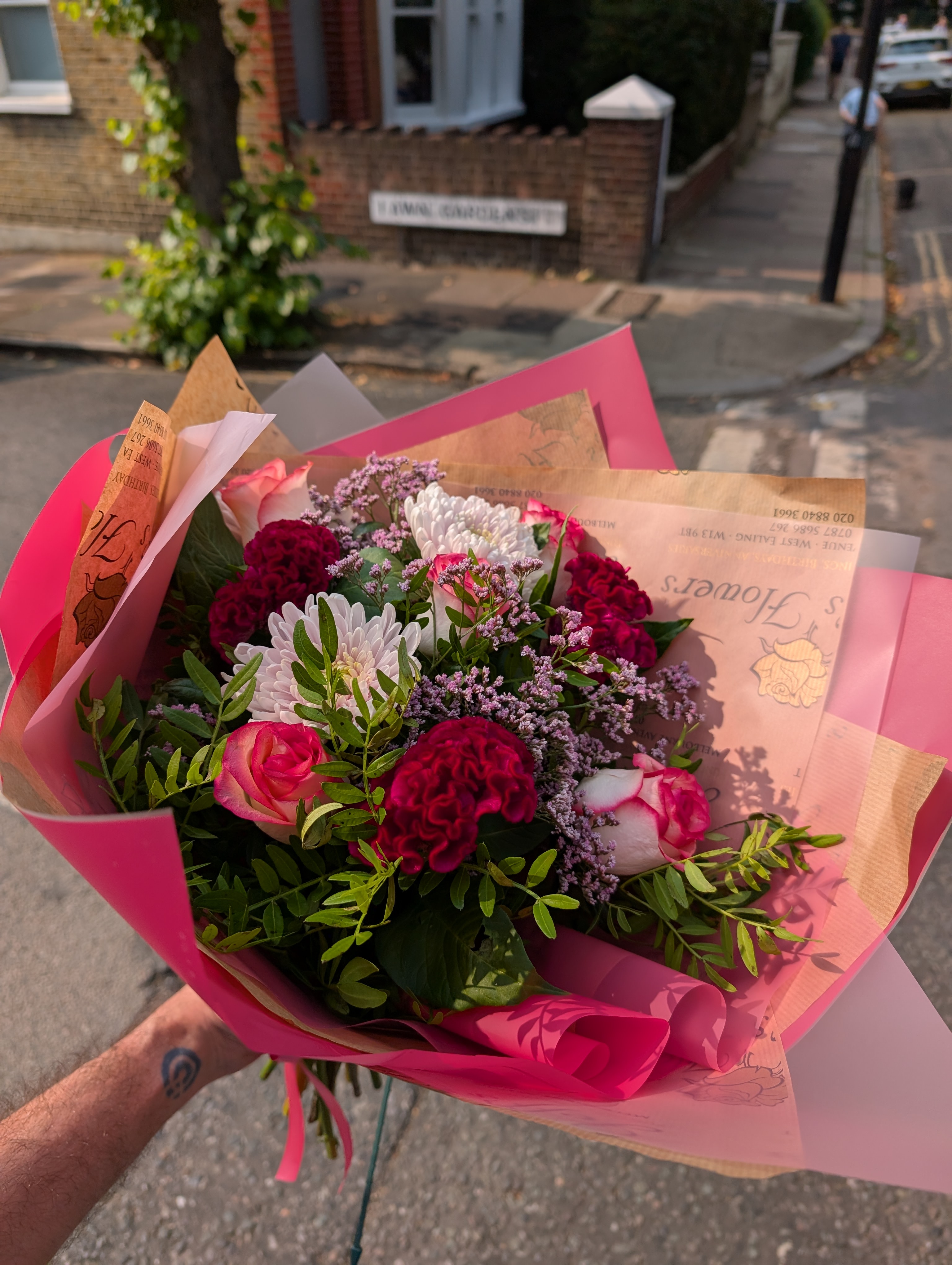
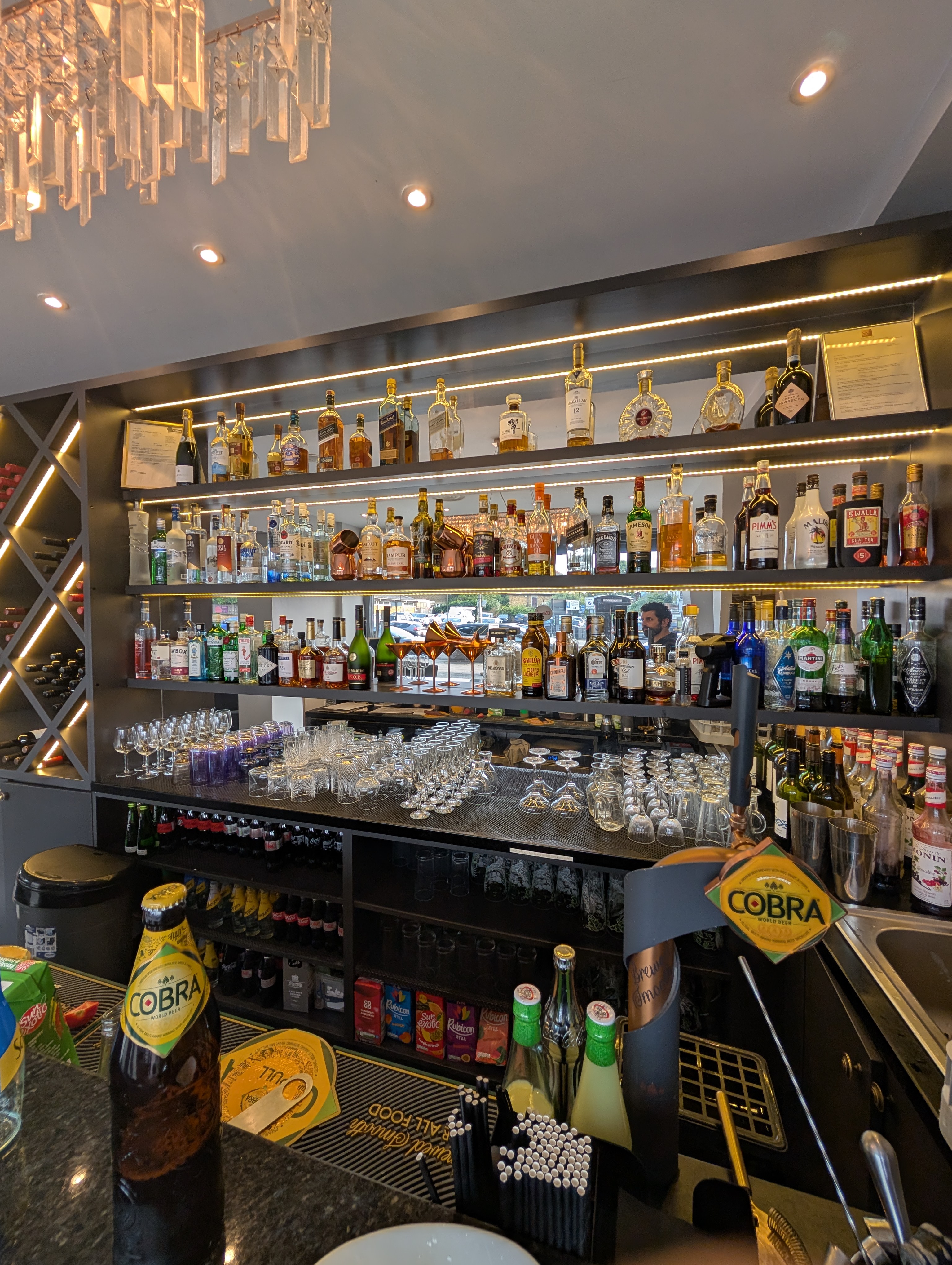



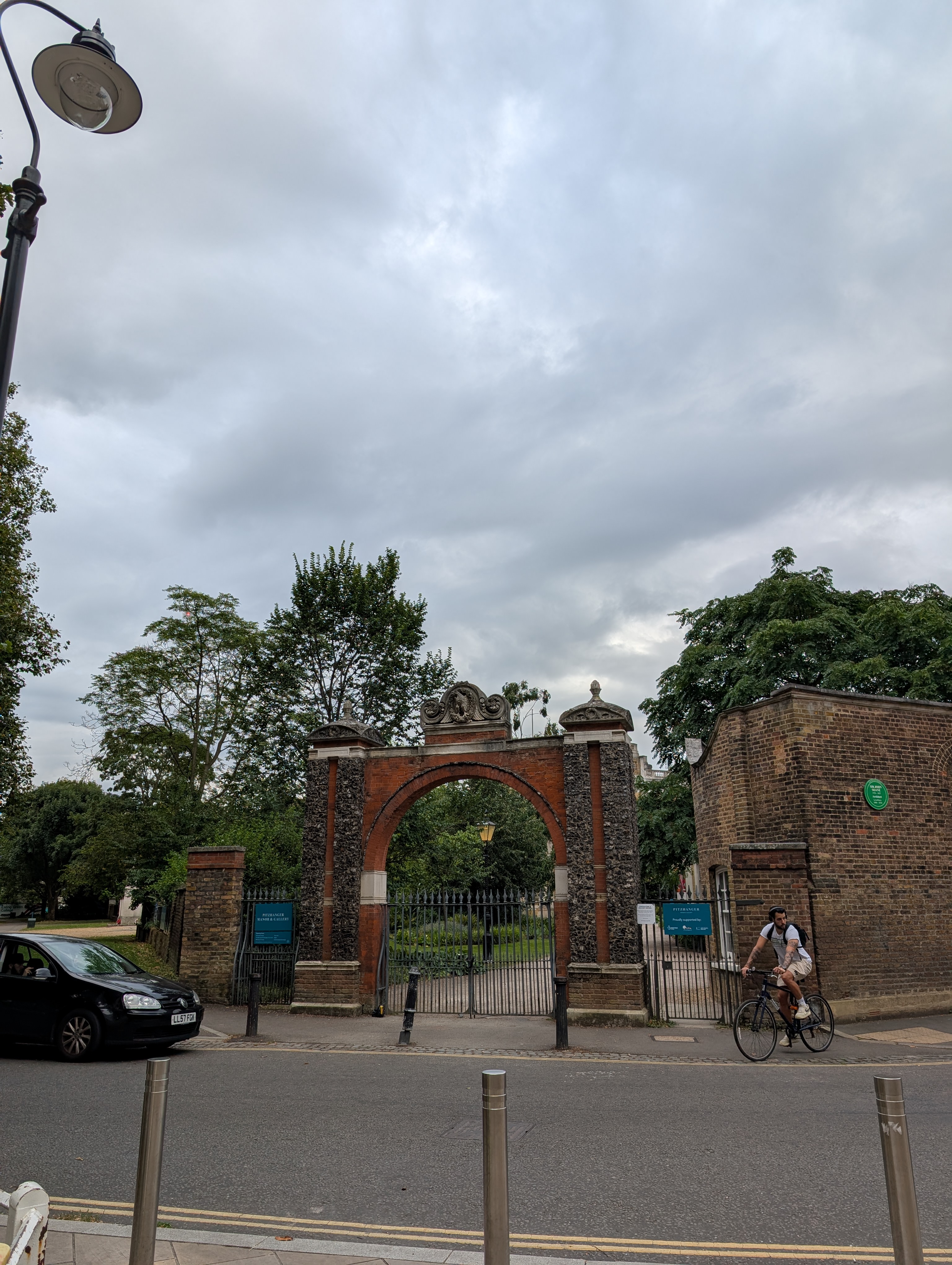
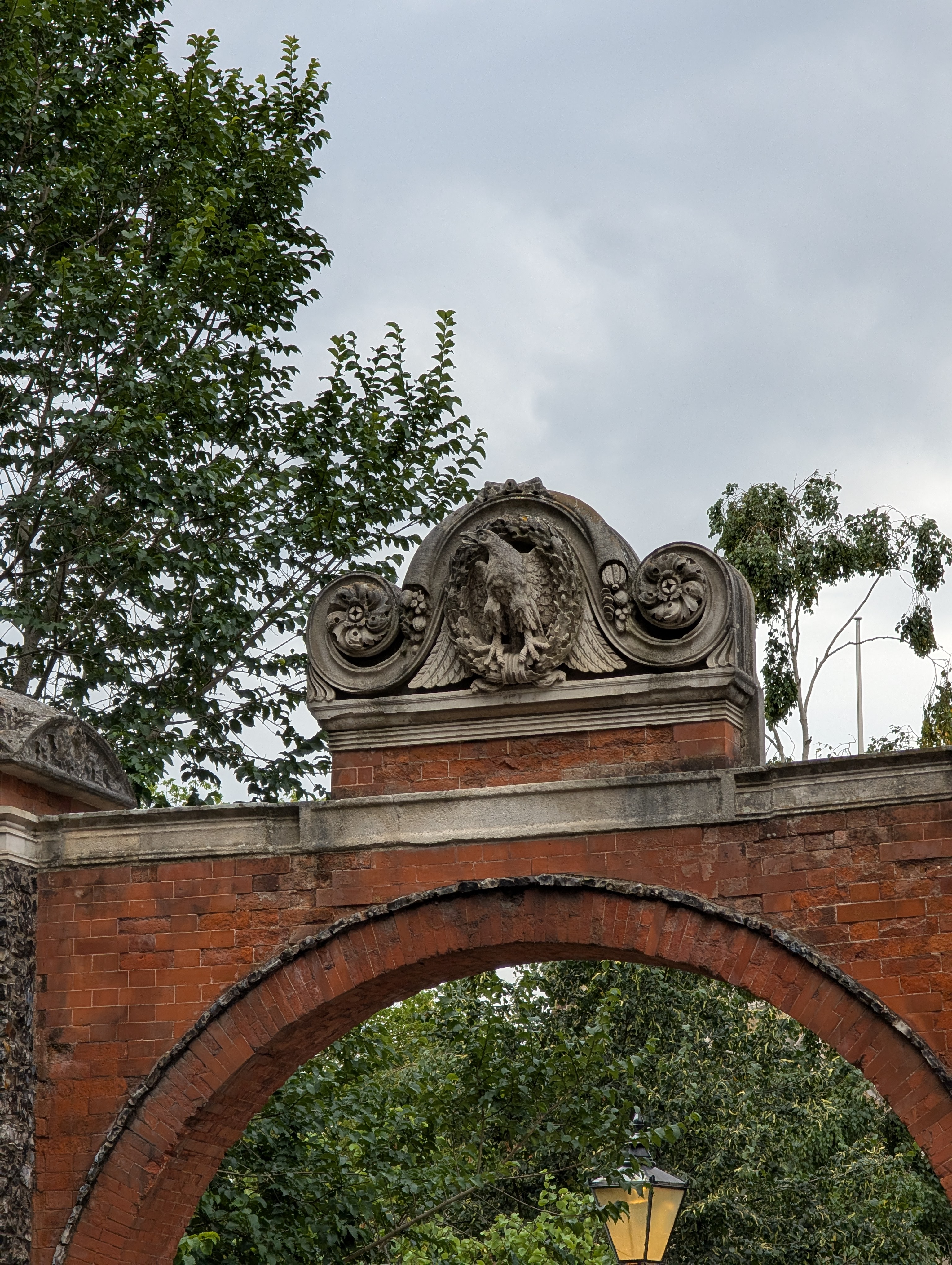

The Pixel 9 Pro line's biggest winner for 2024 is the selfie camera. Its photos look flattering and clean, and its video is reliably as good as the best out there. The microphones do a great job of picking up vocals, and with up to 4K 60fps capture, or 4K 30fps HDR capture, the Pixel 9 Pro and 9 Pro XL are excellent vlogging phones when lighting is on point. As with all selfie cameras, this quality drops for video when the lights go down, but it's always competitive.
The rear camera's video performance is also improved, with footage shot in bright environments looking excellent. Video Boost is limiting in its mechanic – you have to pre-select it in advance, it doesn't work with the ultra-wide camera and with 8K video boost, it locks your focal length – zapping some spontenaety. The results are typically impressive, though, with clarity annd stability gains. That said, the process of uploading and waiting for Video Boost to edit your clip can take over an hour.
Google Pixel 9 Pro and 9 Pro XL AI Imaging
In addition to Video Boost and Zoom Enhancer, the Pixels are loaded with image capture and editing tools that add fun and utility but can be hit and miss. Best face, for example, which was introduced last year, lets you swap out faces of individuals in group shots, and it was oftentimes unsuccessful, only really working for head-on faces in our experience.
For 2024, the feature on every Pixel reviewer's lips is Add Me, which lets subjects in a group photo take a photo with everyone using the primary camera by compositing images. This works to great effect in simple setups, though more complex group shots overwhelm it. It's also significantly less spontaneous than a selfie, but is a fun party trick and can be excellent for more creative, playful group shots.

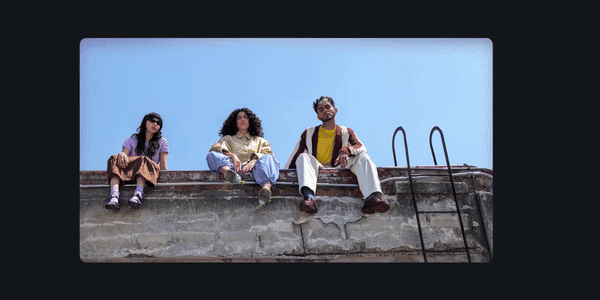
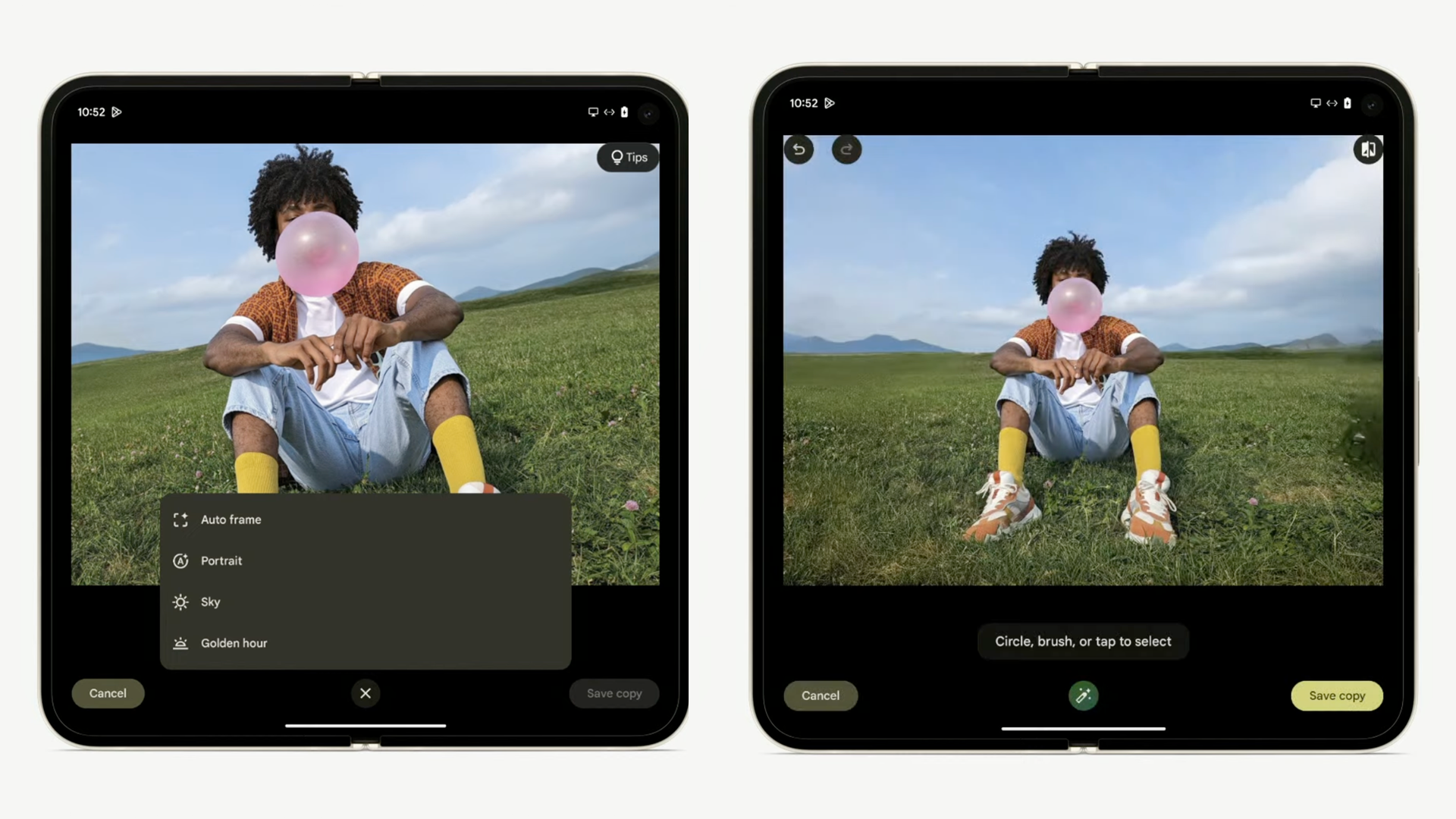
Magic Editor has also been upgraded, so 2024 Pixel owners can reframe an image using generative AI, breaking through the border and using photography principles to get subjects in the best position. This was very useful, and the feature is a dab hand at accurately creating organic shapes and features like arms. It struggled more with patterns like a chequered shirt, for example.
Once we got past our what is a photograph? existential questioning, we used Magic Editor with Add Me and ended up with some great family photos.
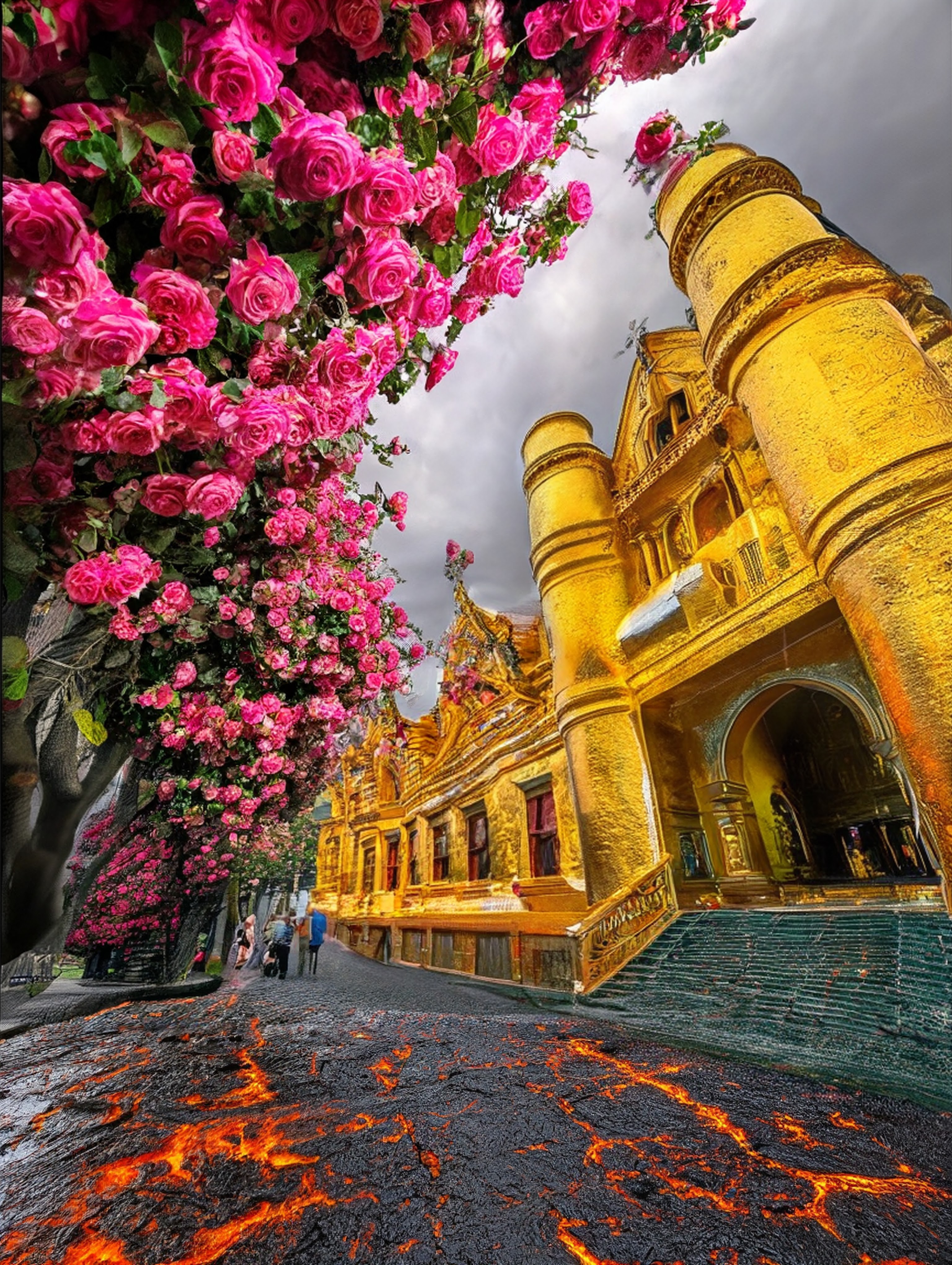
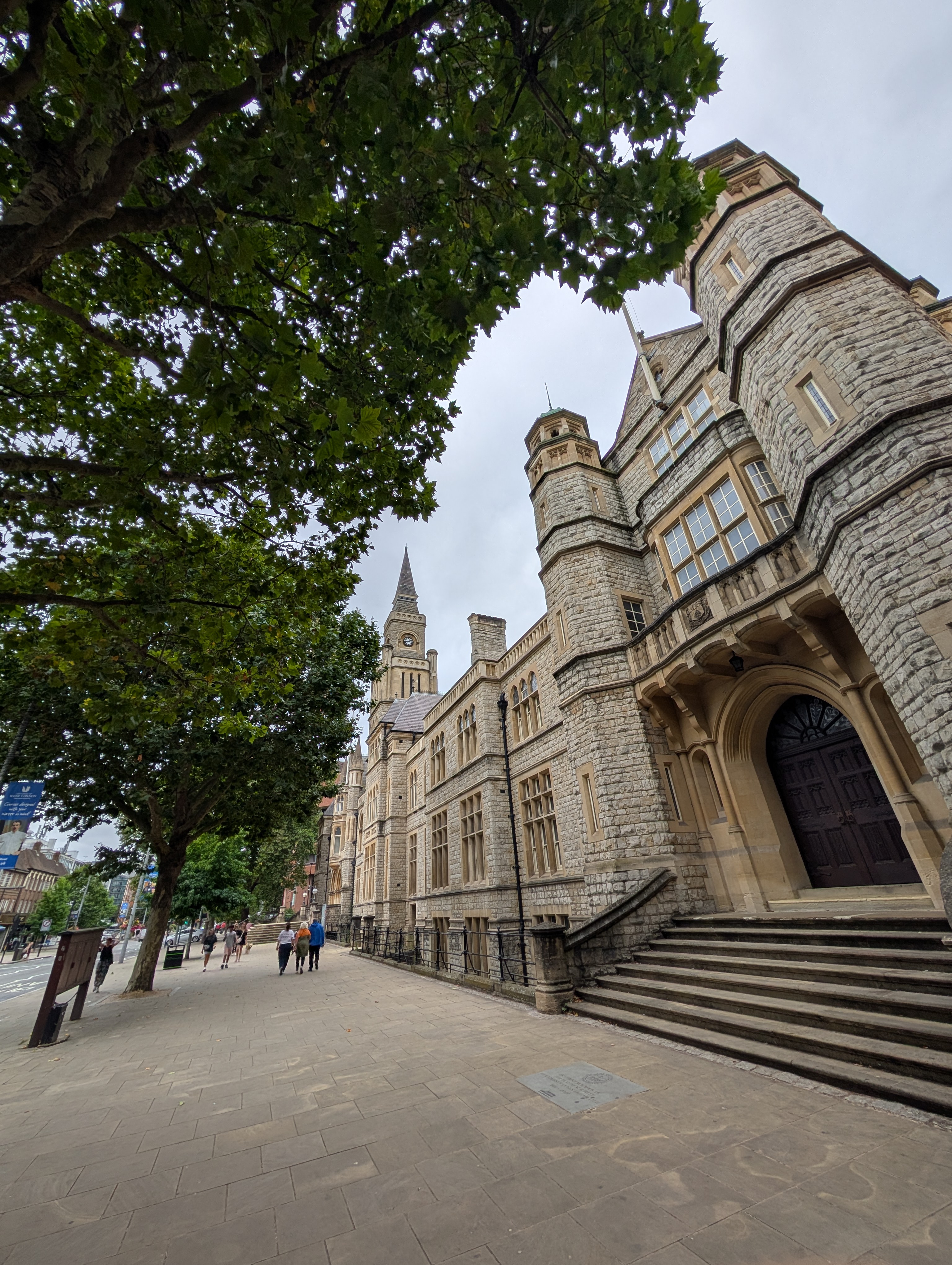
The final editing highlight to focus on for the Pixel 9 Pro series is Reimagine. Select a portion of your picture in Magic Editor and use a text prompt to make edits. As you can see above, the results are fantastical, as with much AI, but it's also impressive that those transformations took mere moments.
Google Pixel 9 Pro and 9 Pro XL Additional Features
The Google Pixel 9 Pro's AI features don't stop with image editing. Open Pixel Studio for full-on text-to-image generation. This supports a range of styles: Freestyle, 3D Cartoon, Video Game, Cinematic, Sketch, Anime, and Sticker.
As you can see below, the results can look like a very convincing illustration. There's definitely a question to be asked: what does Pixel Studio mean for creatives? Feeding into the broader responsible AI debate. Google also doesn't appear to watermark its AI-generated Pixel Studio pieces, or specify what it uses to train its AI image generation models.
So while the utility is undeniable – Pixel Studio is a fun tool that can be useful for ideation – you'll have to ask yourself how you feel about the philosophical questions AI art poses.
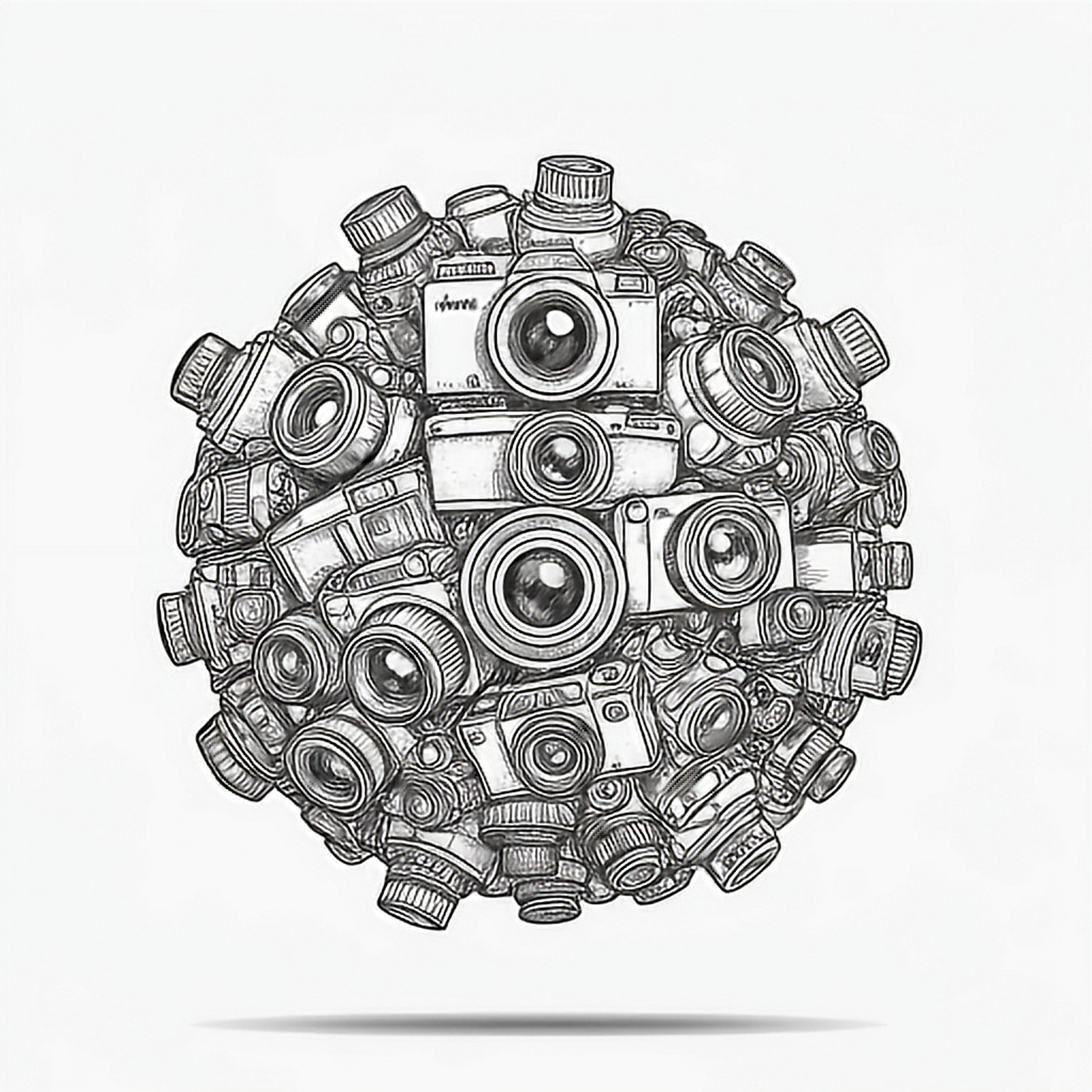
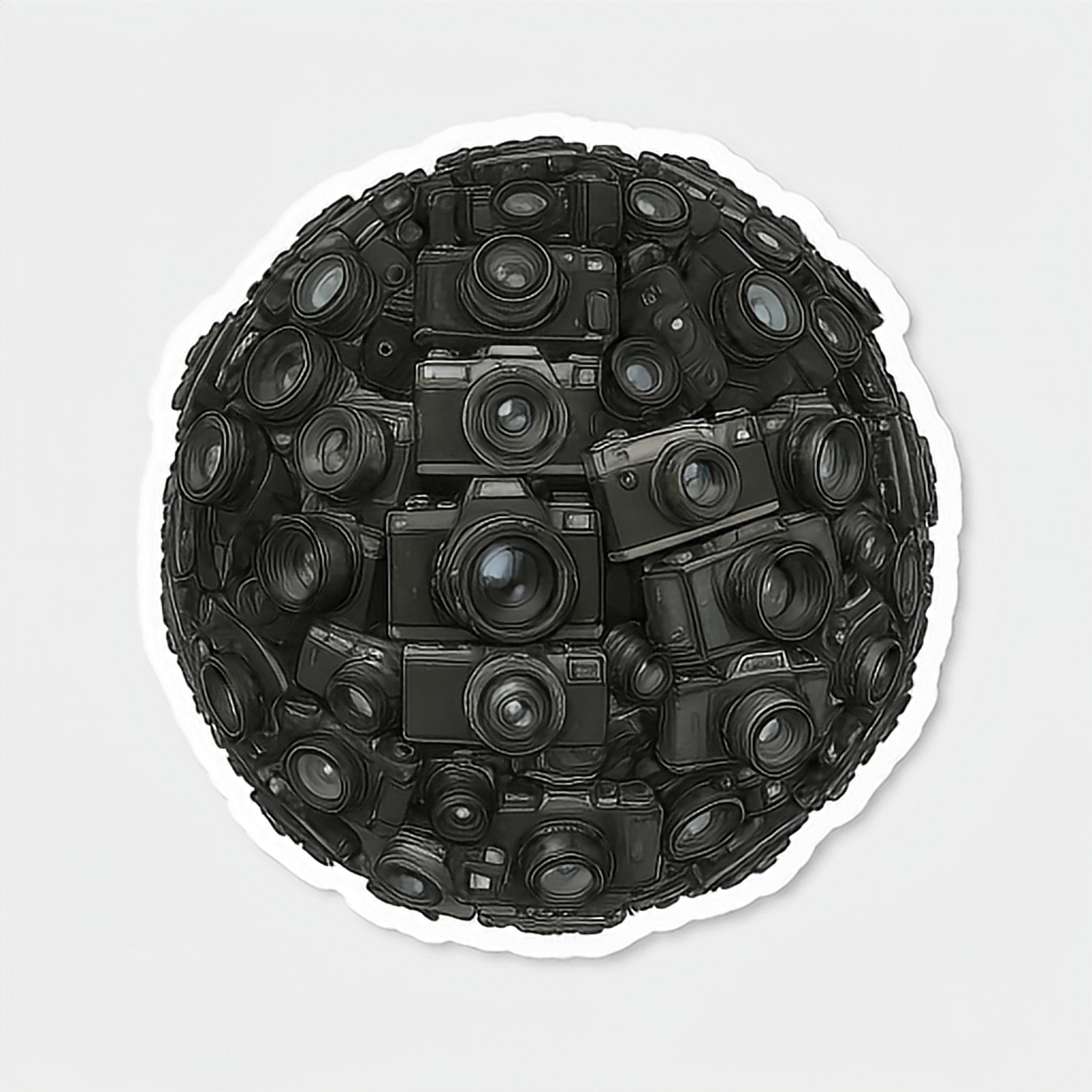
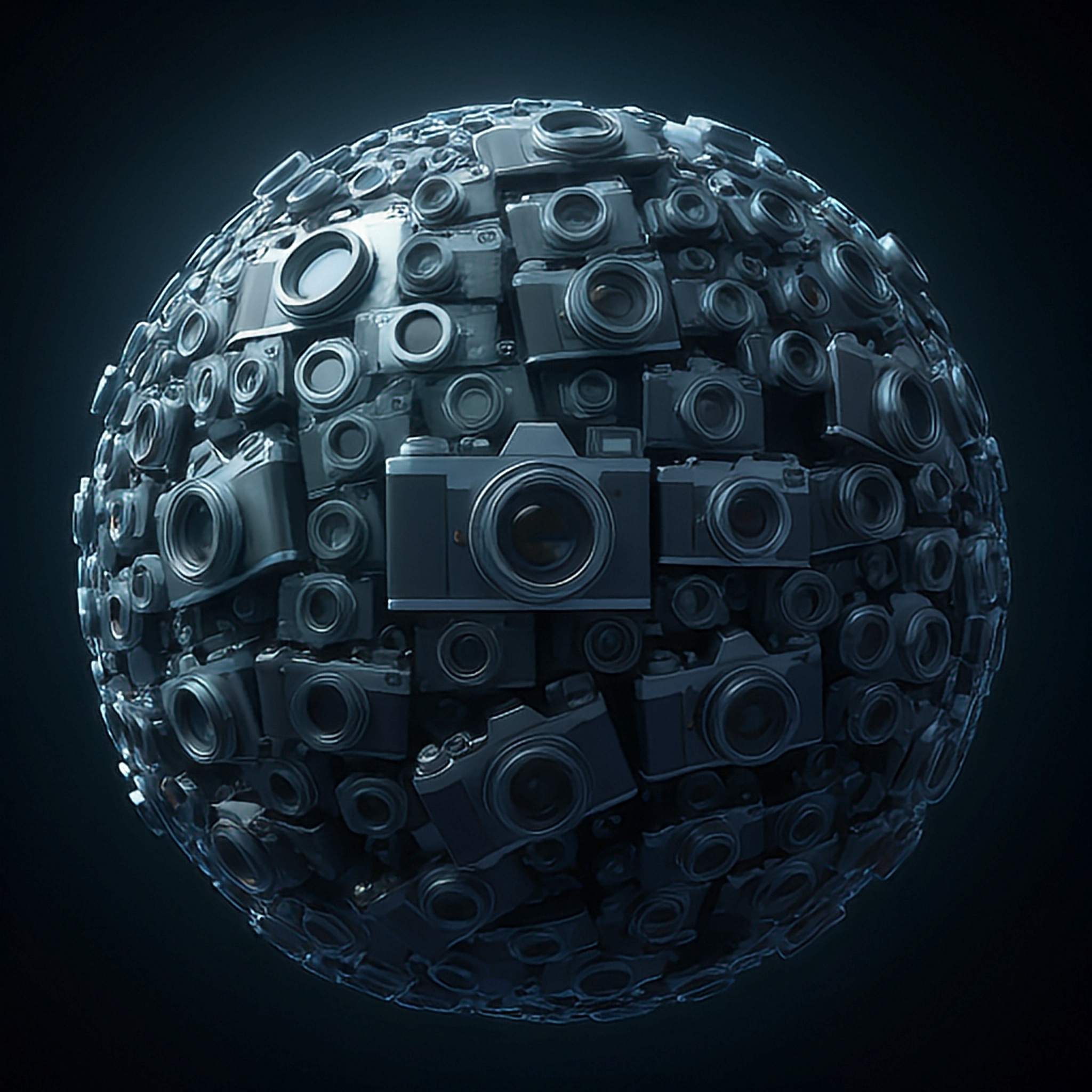
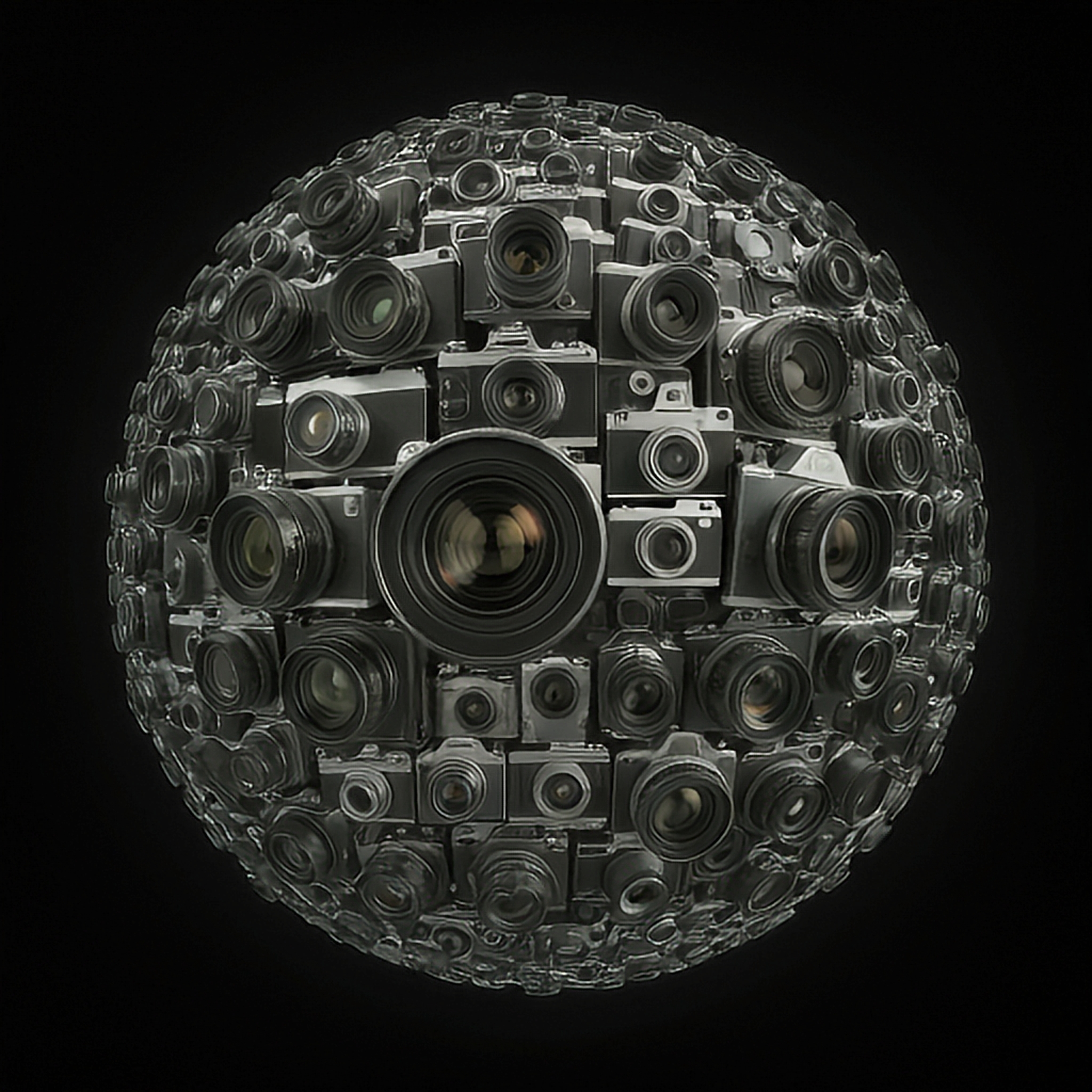
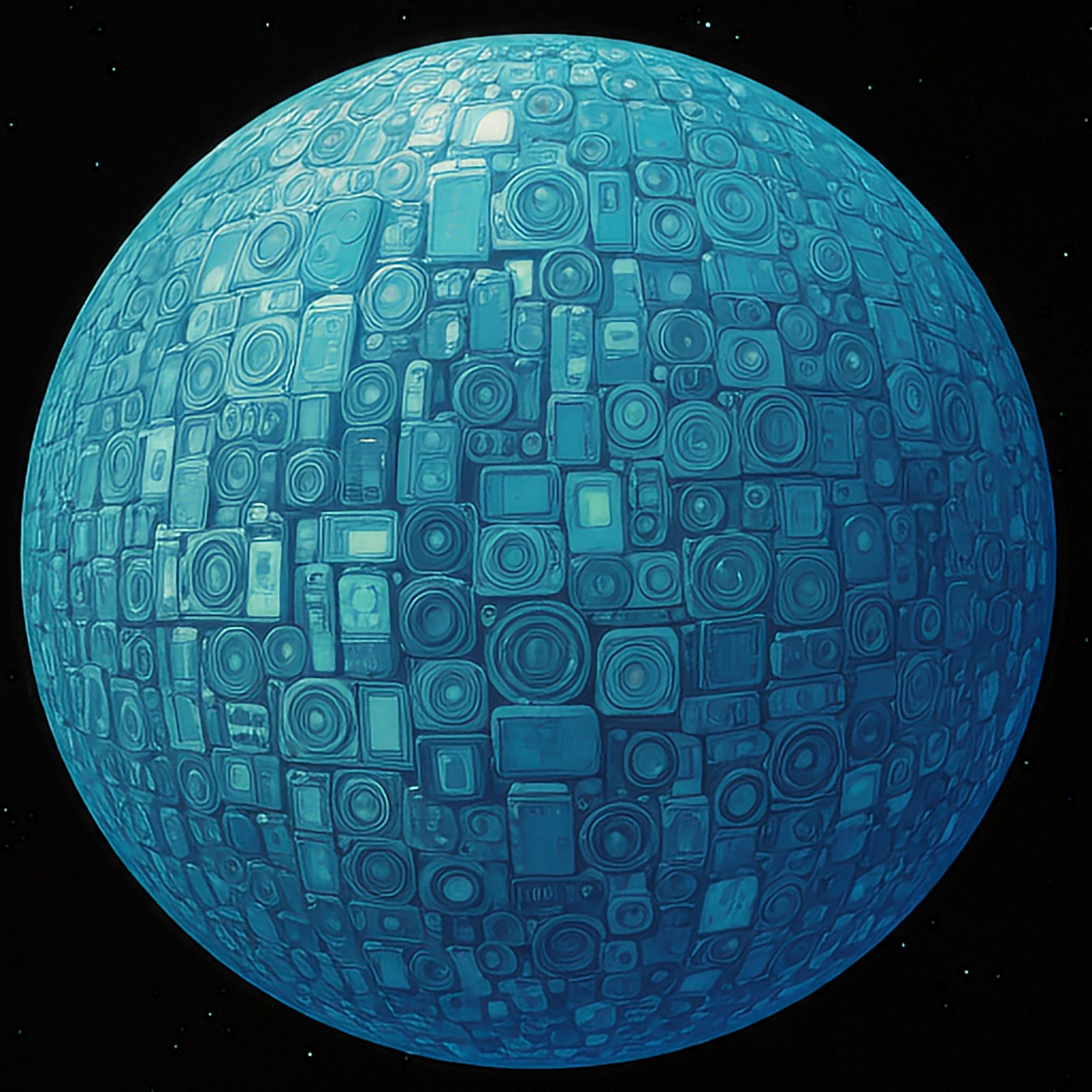
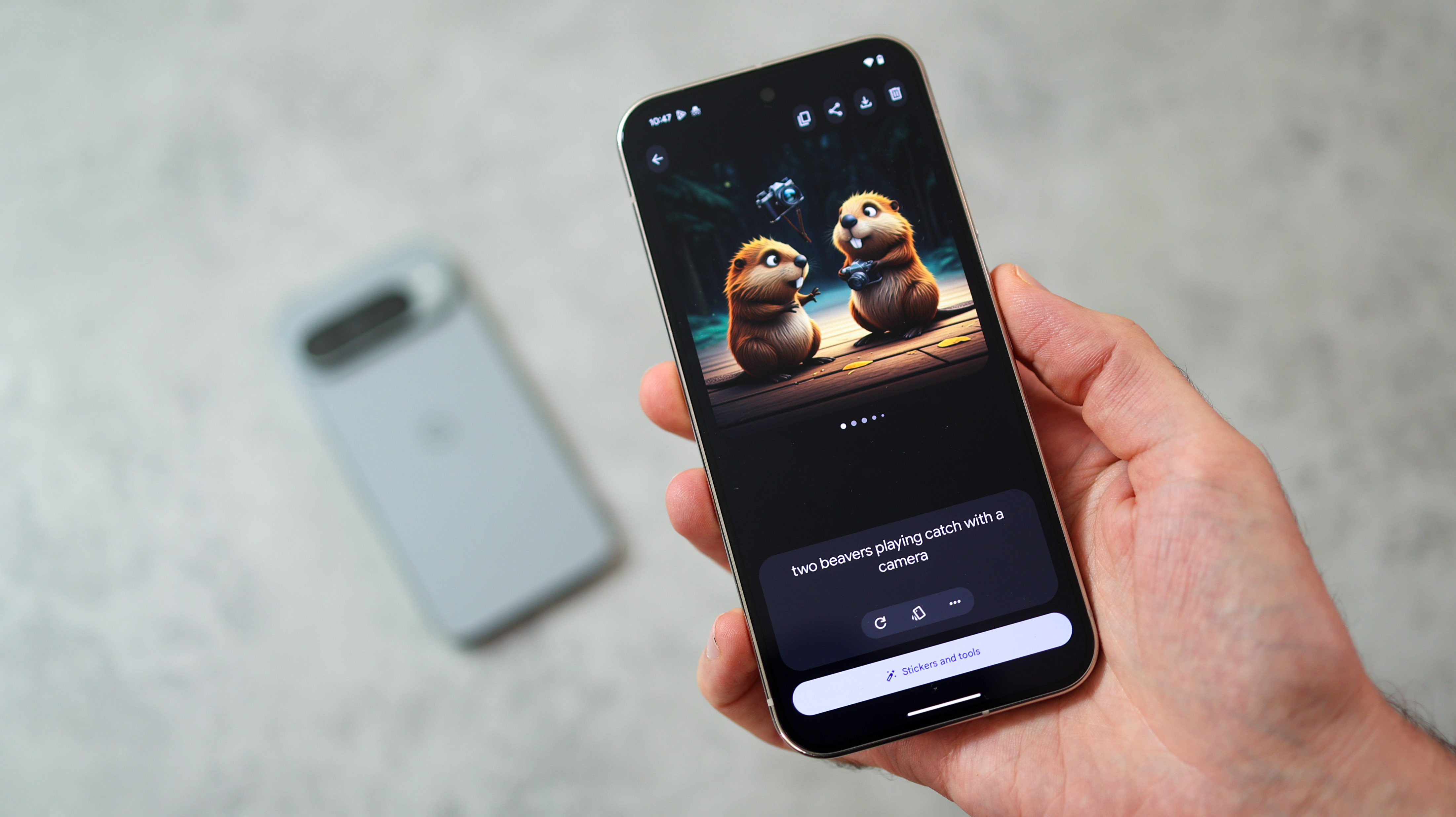
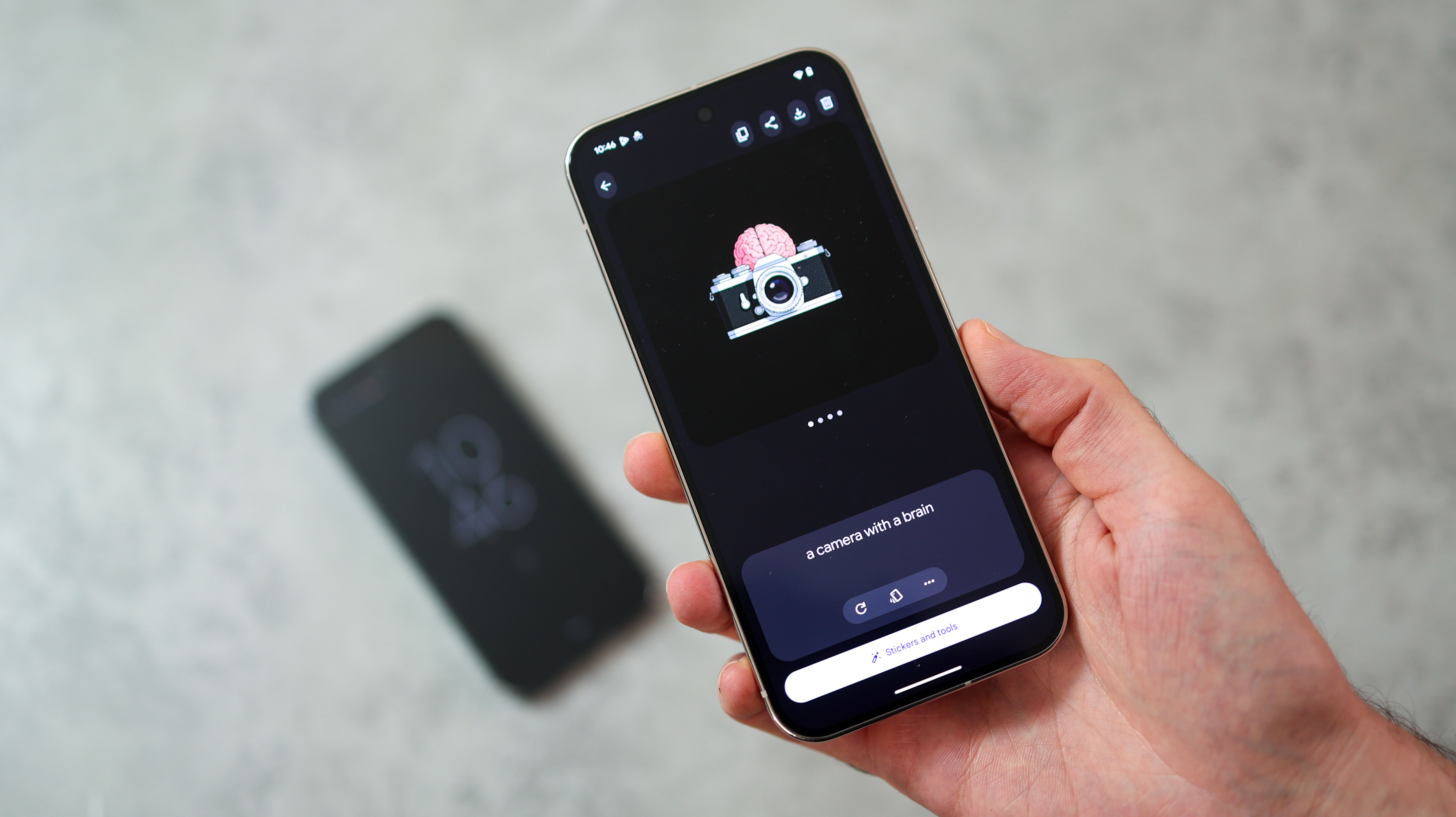
After over a week with the Pixel 9 Pro XL and six days with the 9 Pro, one aspect we are seriously impressed with is performance. Past Pixels have suffered at the hands of Tensor chips. Frequently overheating, inconsistent with battery performance, since the Pixel 6 introduced the Tensor G1, built in partnership with Samsung's chipmaker division, Exynos, Pixels were falling behind their Qualcomm rivals when it came to performance and stability.
While the gaming performance of the new pixels still doesn't best the finest flagships running Qualcomm Snapdragon 8 Gen 3 silicon, stability – which is much more important – is significantly improved. Even with hours of gaming and WiFi hotspotting, our Pixel 9 Pro and 9 Pro XL didn't overheat, which is excellent going.
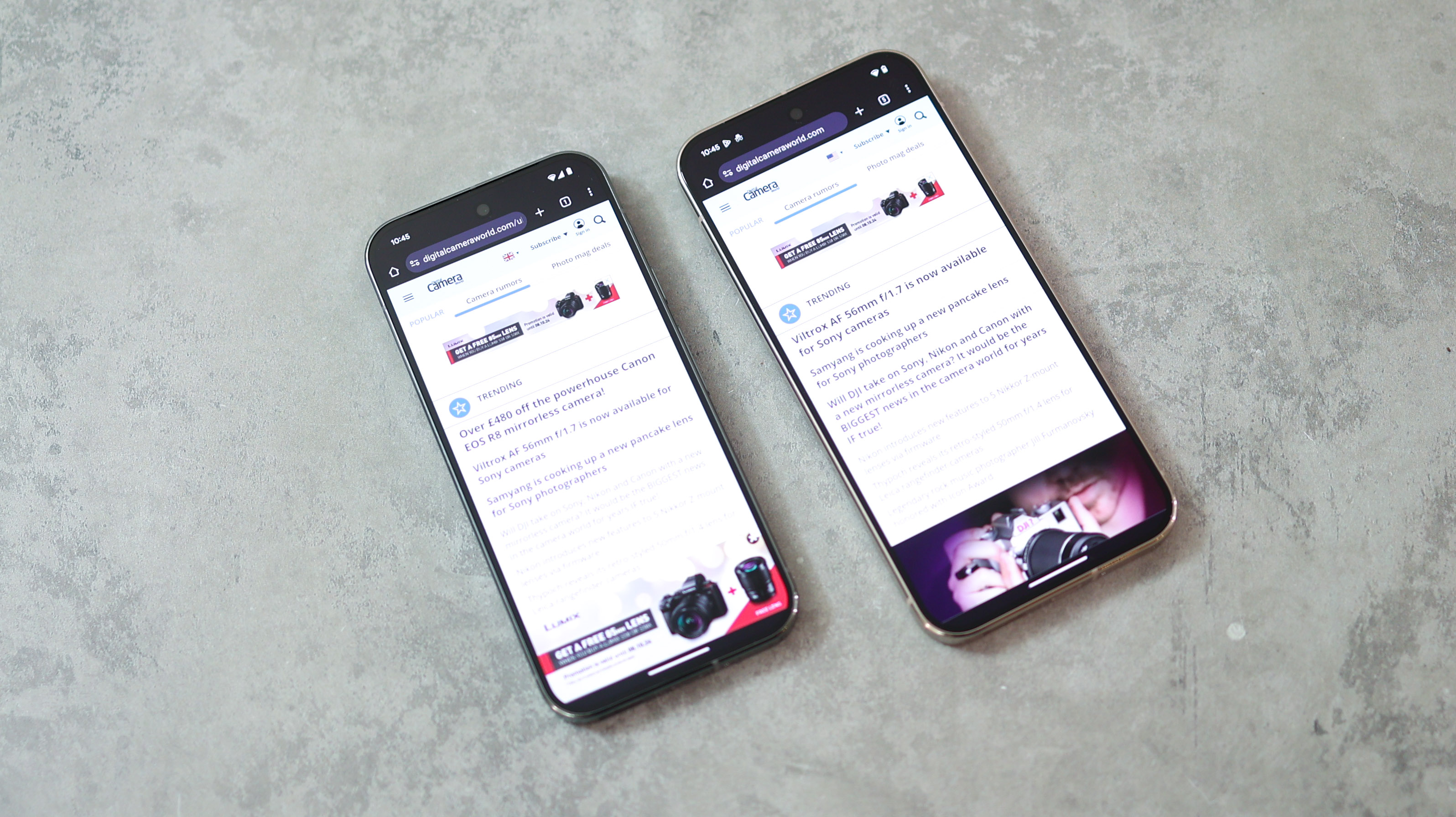
Our main gripe with the Pixel 9 Pros are their starting storage capacity of 128GB. For flagships that cost as much as they do, we would expect a starting capacity of 256GB. This is especially relevant when Google makes a big deal out of its software update promise of seven years being class-leading. We're guessing most 128GB pixel users will run out of storage long before that seven years is up. On the plus, it is great to see both phones get 16GB RAM.
It's also great to see Google include fast 45 wired charging for the Pixel 9 Pro and 9 Pro XL, with the Pro reaching a full charge in under 80 minutes and the 9 Pro XL taking around 90 minutes. While the phones also support wireless charging, unfortunately, they don't introduce Qi 2 MagSafe-style charging to the line.
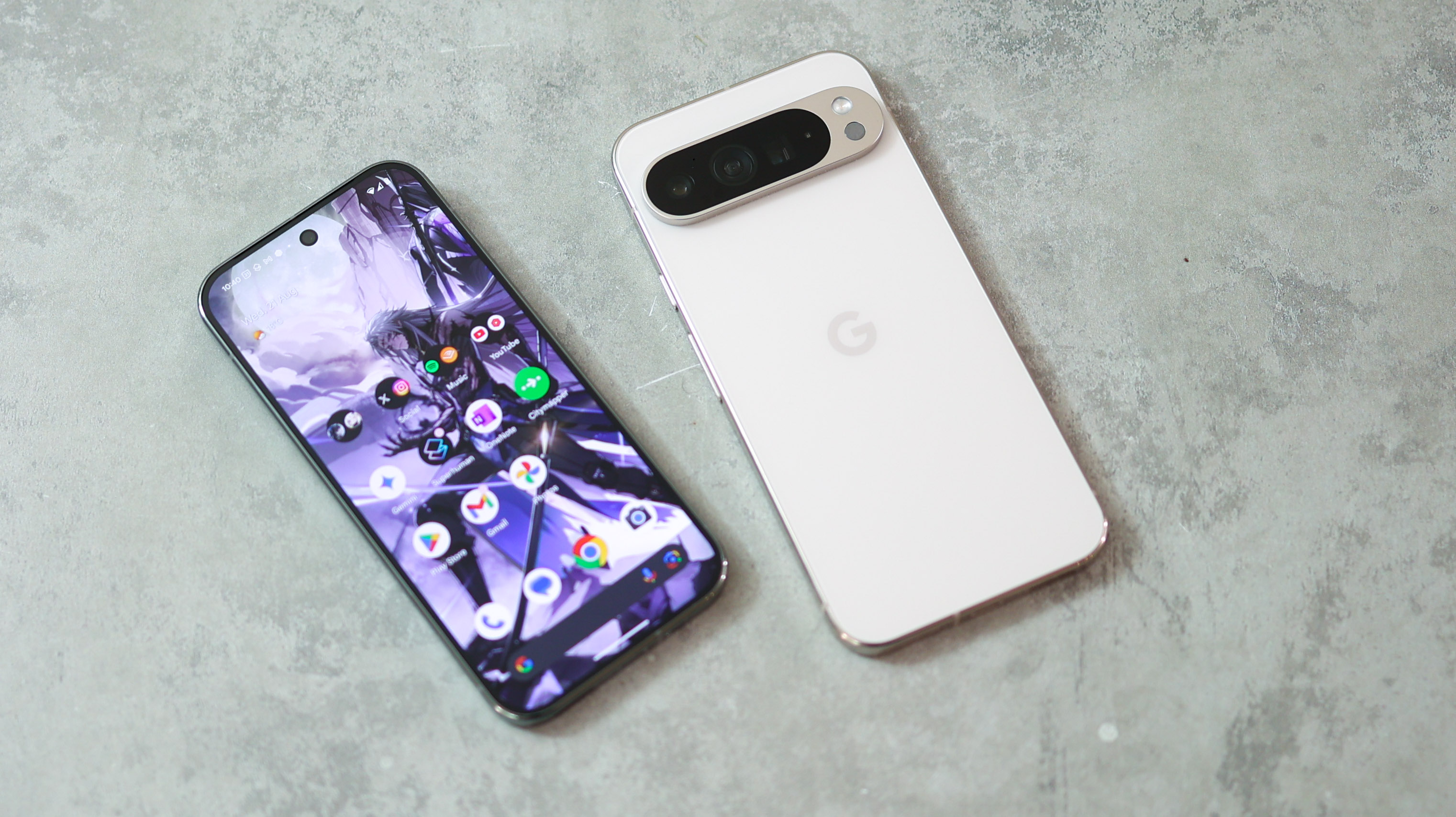
Google Pixel 9 Pro and 9 Pro XL Verdict
If you want a top-tier camera phone, both the Pixel 9 Pro and 9 Pro XL should fit the bill, though the 9 Pro is the more exciting device. There is plenty of competition at the XL's size from the iPhone 15 Pro Max and Samsung Galaxy S24 Ultra, to less mainstream alternatives including the Xiaomi 14 Ultra and VIvo X100 Pro. At the Pixel 9 Pro's size, however, it's head and shoulders above the competition when it comes to overall camera performance, and specifically, zoom.
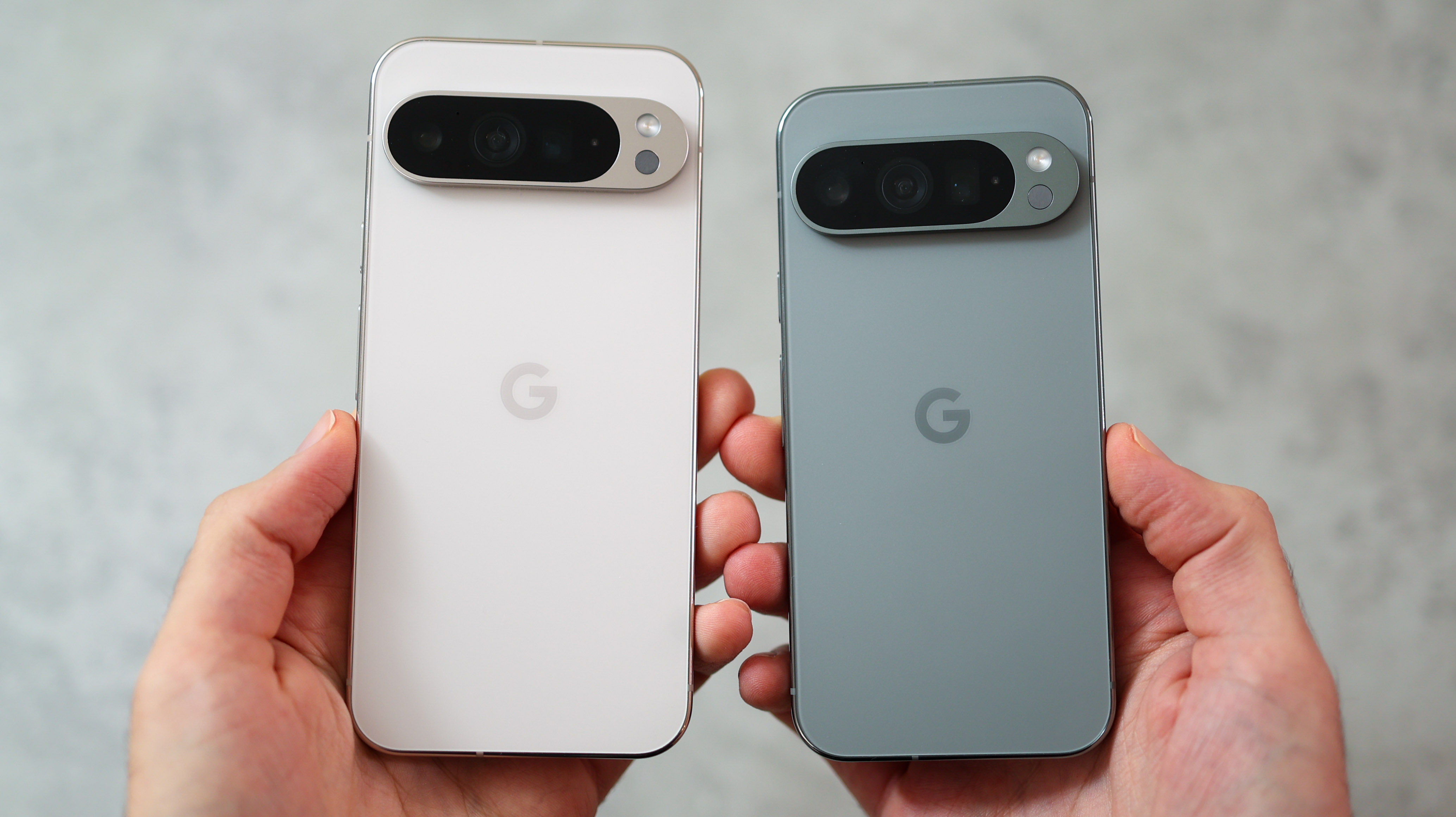
For many, the Pixel 9 Pro will be the best camera phone of 2024. Practically speaking, it's small enough to easily fit into your palm and pocket, powerful enough to capture excellent photos, and reliable enough to last a full day without getting too toasty. Add the long-term software support promise from Google, and both phones could be smart options for years to come.







